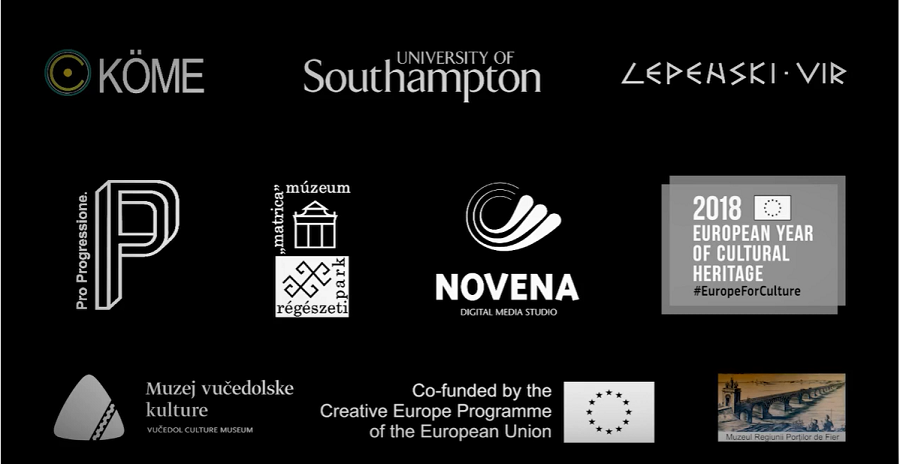Memorial Procession Passing Down Vukovar
ZAGREB, November 18, 2019 - Tens of thousands of citizens led by the defenders of Vukovar, together with members of the families of killed, unaccounted-for and captured Vukovar defenders, are marching down the eastern town on Monday in a memorial procession, honouring in a dignified manner the 2,717 killed in the military aggression on Vukovar in 1991.
Also in the procession are President Kolinda Grabar-Kitarović, Parliament Speaker Gordan Jandroković and Prime Minister Andrej Plenković, who will lay a wreath and light candles at a monument to the victims at the local cemetery. A wreath will also be laid and candles lit by a delegation of Vukovar's defenders, the town and Vukovar-Srijem County.
According to police, the commemorative events are passing peacefully and there have been no incidents.
Also in the procession is Lyliane Fournier, whose son Jean Michel Nicolier, a French volunteer, was killed at Ovćara near Vukovar.
She told reporters she expected the person responsible for her son's death to be brought to justice and that she had information on the killer's identity. She pushed for blocking Serbia's EU accession until it hands over all war criminals.
"Of course, Serbia's EU entry should be blocked until they provide information on where the mass graves are, extradite war criminals and apologise as the aggressor on Croatia," she said.
Prime Minister Andrej Plenković said on Monday that the government constantly invested efforts to help the City of Vukovar in its development and was also dedicated to the resolution of the issue of missing people.
"State institutions will not cease working until this issue is settled," the premier said ahead of the start of the main commemoration of the 28th anniversary of the fall of the eastern town of Vukovar into the hands of Serb rebels and the Yugoslav People's Army (JNA).
Concerning the search for people who went missing in the 1991-1995 war of independence, Plenković said that his cabinet dealt with that issue committedly.
Croatia also holds dialogue with other countries, international organisations, in hope of accomplishing results and every year headway is made, he said.
Asked by the press whether Zagreb mulled the possibility of blocking Serbia's journey towards the European Union until the issue of missing persons was settled, Plenković said that for many years, Croatia had been tackling that issue and that its settlement required political will.
"I think that political will should be shown in Belgrade to provide Croatia with the data it keeps, so that we can learn what happened with our people," said Plenković.
Considering Serbia's EU membership aspirations, Plenković said that the process was strict and full of preconditions and it would take long under the new methodology.
These are so-called fundamental issues that should be addressed under the (policy) chapters that concern fundamental rights, the premier added.
Plenković said that 28 years after the war, one should also look to the future.
In that context he mentioned legislation on investment stimulation and added that Zagreb was conducting negotiations with the European Union to ensure a special status for Vukovar.
He said that Vukovar should be given prospects in the "homeland which has, since the tragedy of Vukovar, accomplished its national tasks thanks to the statesmanlike policy of President (Franjo) Tuđman, and this includes the peaceful reintegration of the Croatian Danube region and everything we have done in recent years to make Croatia economically strong, socially integrative and internationally positioned."
Vukovar was peacefully reintegrated into Croatia in January 1998. The peaceful reintegration began in January 1996 with the assistance of the UNTAES (UN Transitional Authority in Eastern Slavonia, Baranja and Western Sirmium) mission.
Before the commemoration, President Kolinda Grabar-Kitarović briefly stated: "Respect to all, respect to the victims of Vukovar!"
More Vukovar news can be found in the Politics section.
Croatia Paying Tribute to Vukovar, Škabrnja Victims
ZAGREB, November 18, 2019 - On the eve of Vukovar Memorial Day and the 28th anniversary of the Škabrnja massacre, candles were lit and prayers were said throughout Croatia to commemorate the victims of the 1991-95 Homeland War and the defeat of Vukovar's defence forces on November 18, 1991.
Candles were traditionally lit along Zagreb's Vukovarska Street and numerous citizens gathered in front of a monument to Croatia's first president Franjo Tuđman, where Prime Minister Andrej Plenković, too, lit a candle for the Vukovar victims.
The commemoration in front of the monument to Tudjman was also attended by Minister of the Interior Davor Božinović, Zagreb Mayor Milan Bandić and representatives of associations of the Homeland War defenders and victims.
On the eve of the 28th anniversary of the Vukovar tragedy, a prayer was said outside the Vukovar General Hospital and candles were lit at a monument dedicated to the victims of the 1991 aggression, with President Kolinda Grabar-Kitarović attending the event.
Participating in the prayer were also Foreign Minister Gordan Grlić-Radman, War Veterans Minister Tomo Medved, State Assets Minister Mario Banožić, Vukovar Mayor Ivan Penava, Vukovar County head Božo Galić, hospital staff and numerous residents of Vukovar.
They were joined by pilgrims who were arriving in the city to attend the central commemoration of the 28th anniversary of the city's plight in the Homeland War and Vukovar Memorial Day.
Candles were lit for the victims of Vukovar also in Split, Osijek and Varaždin.
On the eve of the 28th anniversary of the Škabrnja massacre, when enemy and Serb rebel forces seized that village in the Zadar hinterland, killing dozens of villagers and defenders and setting houses on fire, local residents lit candles and organised a concert of sacred music to commemorate the victims.
Candles were also lit in a number of Croat communities in Bosnia and Herzegovina, with several thousand people heading off to Vukovar to attend commemorative events on Monday.
More Vukovar news can be found in the Politics section.
Zagreb Cyclists Organize Marathon for Vukovar
As reported by direktno, the Volunteer Cycling Society (DBD Potepuh) from Zagreb is organizing the Bicycle Marathon for Vukovar for the eighth year from November 15-18 to commemorate the victims of Vukovar. Fifty-two recreational cyclists from all over Croatia will ride about 350 km from Zagreb to Vukovar in three days, commemorating the anniversary of the breakdown of the city’s defense and paying tribute to the Croatian veterans and civilians killed during the siege and occupation.
The event begins on Friday, November 15th at 9:00 at Jelačić Square in Zagreb (the gathering of cyclists begins at 8:00) and they will bike to Kutina. On the second day, cyclists will again depart at 9:00 and ride from Kutina to Orubica, a picturesque village on the banks of the Sava River. On the third day, participants are expected to make their longest trek: 155 km from Orubica to Vukovar. On the fourth day, November 18th, which falls on the anniversary itself, the cyclists will be divided into two groups: those who have not been to Vukovar will visit the Memorial Cemetery and Ovcara, and the rest will join the memorial procession at the hospital. The participants will then return by train to Zagreb in the afternoon on the same day.
"Over the past seven years, the DBD Potepuh Vukovar Marathon has grown from a group ride of seventeen friends to the largest recreational cycling event commemorating the anniversary of the Homeland War, which we as organizers are particularly proud of," their statement read.
Although the association has been organizing group bicycle rides for several years in a row on the occasion of the military-police operations "Flash" and "Storm" (May 1 and August 5), the Vukovar marathon is regularly the most attended, despite happening during a colder time of the year and well outside of cycling season.
The Vukovar Cycling Marathon is not a race. Participants do not wear numbers or keep track of their time, but all ride together as a group at the same moderate pace. They carry the necessary provisions on their bicycles for a four-day trip away from home: a pad and a sleeping bag, cycling clothes for several days, "civilian" clothes for participating in the memorial procession, night riding and rain gear. "Despite these somewhat spartan conditions: cool riding temperatures and an insignificant registration fee, most of the participants are 'returnees' who have already participated in one (or more) of the DBD Potepuh cycling marathons. As organizers, this is our best confirmation of our work to date, and an impetus for organizing future similar recreational cycling meetings" the organizers added.
Information about the Volunteer Cycling Society (DBD Potepuh) and the marathon can be found here.
To stay informed on upcoming events in Croatia, follow our lifestyle page.
Croatia Protests over Monument to Serbian General Who Led Attack on Vukovar
ZAGREB, November 8, 2019 - Croatia on Friday protested to Serbian authorities over a monument commemorating a Yugoslav People's Army (JNA) general who led the attack on Vukovar in 1991 and called on Belgrade to stop glorifying war crimes.
The memorial plaque to Mladen Bratić, commander of JNA and Serbian para-miltiary forces during the attack on Vukovar, was unveiled in a Serbian army complex in the northern city of Novi Sad on Friday.
Bratić was killed on 2 November 1991 at Borovo Naselje, a suburb of the eastern Croatian town of Vukovar which was occupied by Serbian forces on 18 November after killing over 2,000 people there.
In a diplomatic note presented to the Serbian Embassy in Zagreb, the Ministry of Foreign and European Affairs condemned this act and called on Serbian authorities to stop playing down and glorifying war crimes.
"Serbia is once again called upon to focus on the process of facing its own past and its role in the war it initiated in the 1990s," the Croatian ministry said. Such decisions and moves by Serbian authorities go against Croatia's efforts to build good neighbourly relations, it added.
Following criticism of Serbia's plan to unveil a memorial plaque for Yugoslav Army Major General Mladen Bratić, Serbia's President Aleksandar Vučić on Friday in Geneva said that Croatia has streets named after Mile Budak, a writer who served as a minister in the NDH governments.
The unveiling of a memorial plaque in the Serbian army complex in Novi Sad to Bratić has come across criticism in Croatia but also in civil society activists in Serbia. The plaque has been described as "unacceptable and incomprehensible," and "mocking the victims of war crimes, ethnic cleansing and genocide committed in the 1990s."
"Reporters from Serbia asked me how it can be that Croatian reporters can ask that of me when there are streets named after Mile Budak in Croatia," Vučić said. Budak was a minister in the Nazi-style Ustasha regime in Croatia from 1941 to 1945 and he is also known for his literary work.
Croatia's Prime Minister Andrej Plenković announced that Croatia would send Serbia a protest note regarding the plaque honouring Bratić.
Earlier in the day Croatia's Minister of Foreign and European Affairs Gordan Grlić Radman condemned Serbia's actions.
"Unveiling a memorial plaque to a war criminal, certainly doesn't contribute to stabilisation and good-neighbourly relations. That direction in Serbia's foreign policy is unacceptable and incomprehensible," Grlić Radman told reporters in Rijeka.
A coalition of non-government organisations in Vojvodina known as Civic Vojvodina described the unveiling of the plaque as "a mockery of the victims of war crimes, ethnic cleansing and genocide in the 1990s." the "021.rs" web portal reported on Thursday.
Civic Vojvodina condemned the planned unveiling, saying in a press release that Bratić "commanded the attacks on and destruction of Vukovar, which was one of the most shameful military operations in the history of modern warfare, leaving an indelible stain on (northern Serbian province of) Vojvodina's capital."
More news about relations between Croatia and Serbia can be found in the Politics section.
Prosecution Drops Case of Man Who Smashed Bilingual Signs in Vukovar
ZAGREB, November 1, 2019 - Vukovar municipal office of the Chief State Prosecutor has decided not to proceed with the case of Marijan Živković, the father of two soldiers killed in the defence of Croatia, who was charged with smashing Latin-Cyrillic signs on the building of the Vukovar police station in September 2013.
The commercial N1 broadcaster quoted on Friday Živković's lawyer Emil Mitrovski as saying that the case was dropped after the findings of the latest psychiatric examination of his client which shows that at the time when he had smashed the signs, Živković was mentally incapacitated.
Mitrovski said that the local prosecution already sent its decision to the Vukovar Municipal Court where a hearing was to have been held on 5 November.
The lawyer also explained that during that event in 2013, Živković was carried by his emotions and influenced by a prevailing mood in the crowd which was why he was not able to control his conduct.
He added that his client Živković was now a free man.
Živković said that he had received the decision of the prosecution about the discontinuation of the proceedings against him.
"I am a little man, but I am afraid of nothing, and I can only mourn the deaths of my sons," Živković said adding that justice has won and thanked those who supported him with prayers.
The lawyer said that this was the victory of justice and added that after Živković's acquittal in 2016 pending trial, no proceedings should have been conducted at all.
In the meantime, President Kolinda Grabar-Kitarović has written on her Twitter account that the decision of the prosecution to drop this case was the only correct decision.
More Vukovar news can be found in the Politics section.
Vucedol Era: When Eastern Croatian Settlements Most Important in All Europe
October 24, 2019 - One of the greatest archaeological treasures of South-East Europe lies on the banks of the Danube in eastern Croatia, as it has for more than 5,000 years. Meet Vucedol.
Have you heard of Vucedol?
And if you have, do you now what it is exaclty? A town, a village, a region, a culture, a people?
Perhaps you are like me and had heard of Vudecol, knew that it had something to do with an ancient civilisation close to the Danube, and that there was a museum somewhere out there in eastern Croatia.
It was time to fill in this embarrassing gap in my knowledge about eastern Croatia, and a visit to the Vucedol Culture Museum was put on the list of our recent HeadOnEast family visit to discover the wonders of Slavonia and surrounding areas last weekend.
I was stunned by what I found.
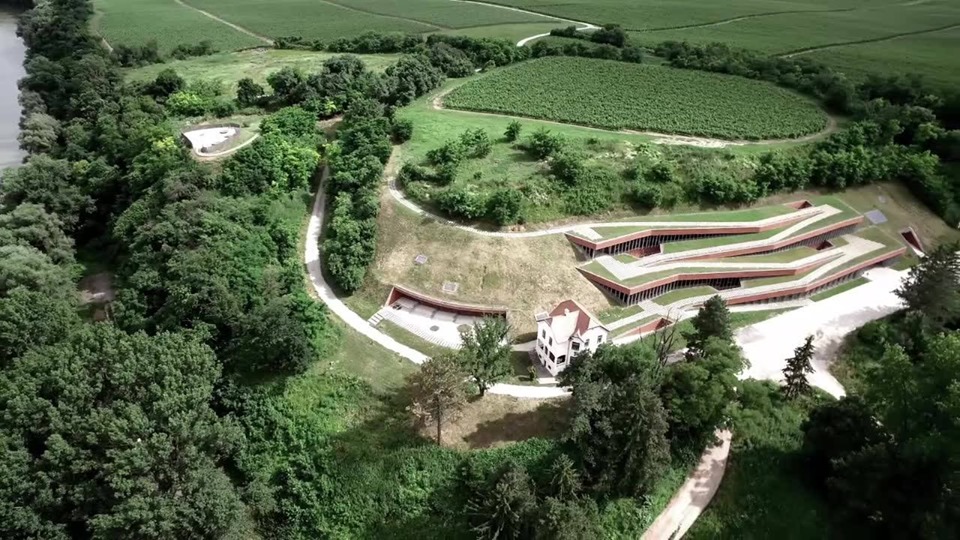
It turns out that Vucedol is a small settlement these days just south of Vukovar. Located on the Danube, it is a sleepy place, but one which once was among the most important settlements in all Europe with a civilisation s advanced as any in the world.
The right bank of the River Danube in eastern Croatia was settled by people of the Vučedol culture in the early third millennium B.C. This leading cultural formation between 3000 and 2500 B.C. strongly influenced the other cultures of the time and has left noticeable marks on the entire heritage of Europe. It coexisted with the Sumerian period in Mesopotamia, the building of pyramids in Egypt, and the early layers of Troy. The Vučedolians were the first people to have mastered time—the first culture that made a calendar! The first astronomers to read the secrets of the heavens. It is shameful how little we today know of the images above our heads… Pit 6, which was later re-numbered as Grave 3, was dug 4 meters away from the edge of the lowest floor of the Vučedol culture. In the grave, or rather, tomb, a total of eight bodies were found. Especially noteworthy among the large number of ceramic finds is the terrine, the most artistically decorated one of all those found so far in the Vučedol culture. On the night of 9 March 2889 B.C., having just passed through the Pleiades, the planets Venus and Mars found themselves in conjunction visible from Earth as a close approach or “posture of love”.
Introduction to the film about Vucedol - The Prehistoric Night of Venus and Mars.
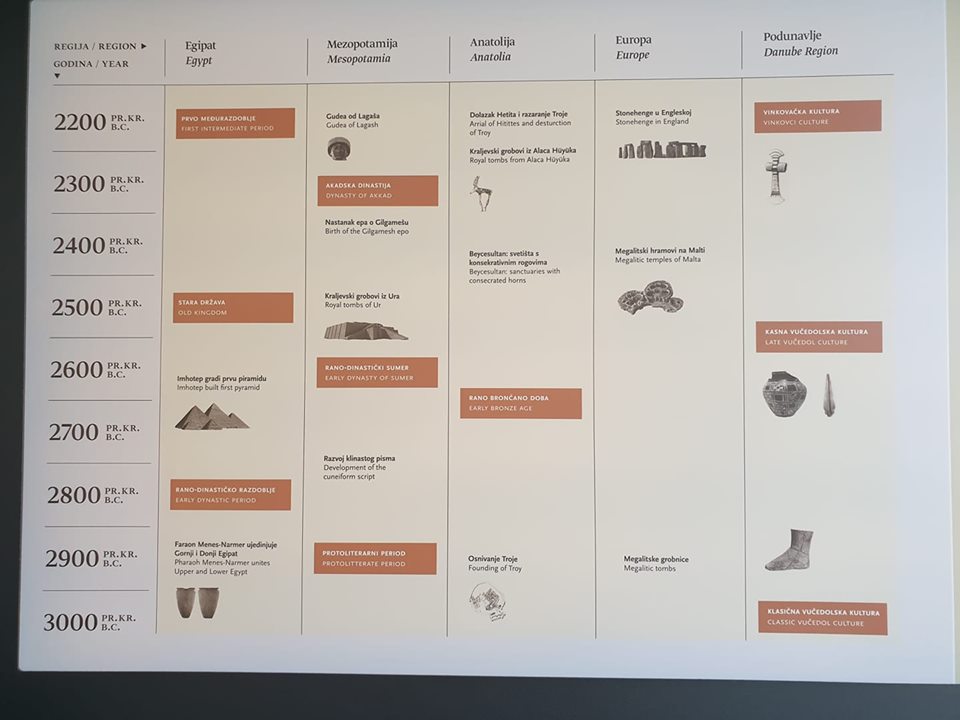
If you look at the timeframe of ancient sites, Vucedol does indeed appear to be very advanced.
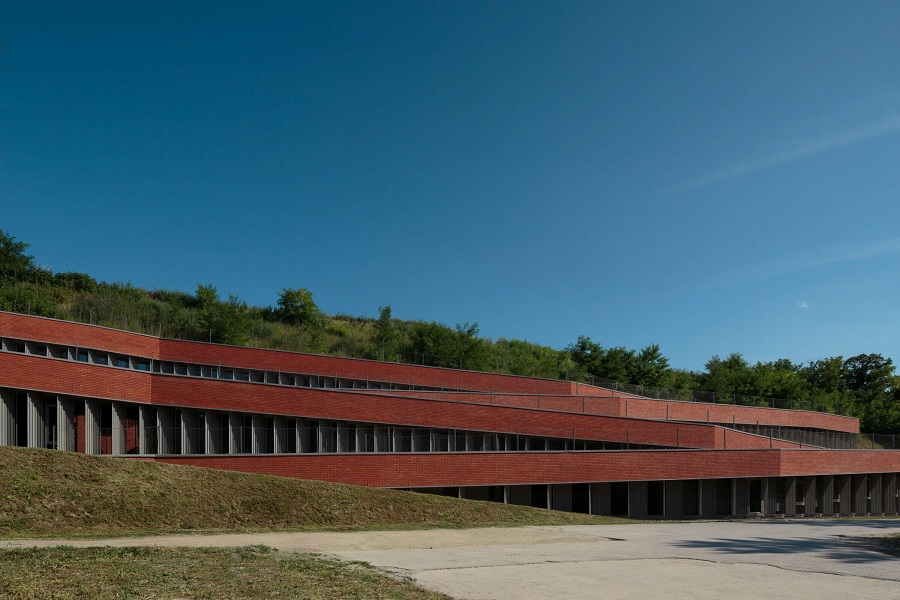
A rather excellent museum, the Vucedol Culture Museum opened in 2015 on the banks of the Danube next to some of the Vucedol excavation sites.
And rather a fascinating little place it is, which has so far been visited by more than 200,000 people, a number that should increase considerably as tourism in the east develops, and should better connections to existing tourism materialise. Vukovar is 6km away, for example, and received tens of thousands of river cruise tourists each year, but almost none make it to Vucedol.
And they are really missing out, for there are some really FASCINATING things inside, all of which make up part of the Vucedol culture, which I found incredible for its sophistication all those years ago.
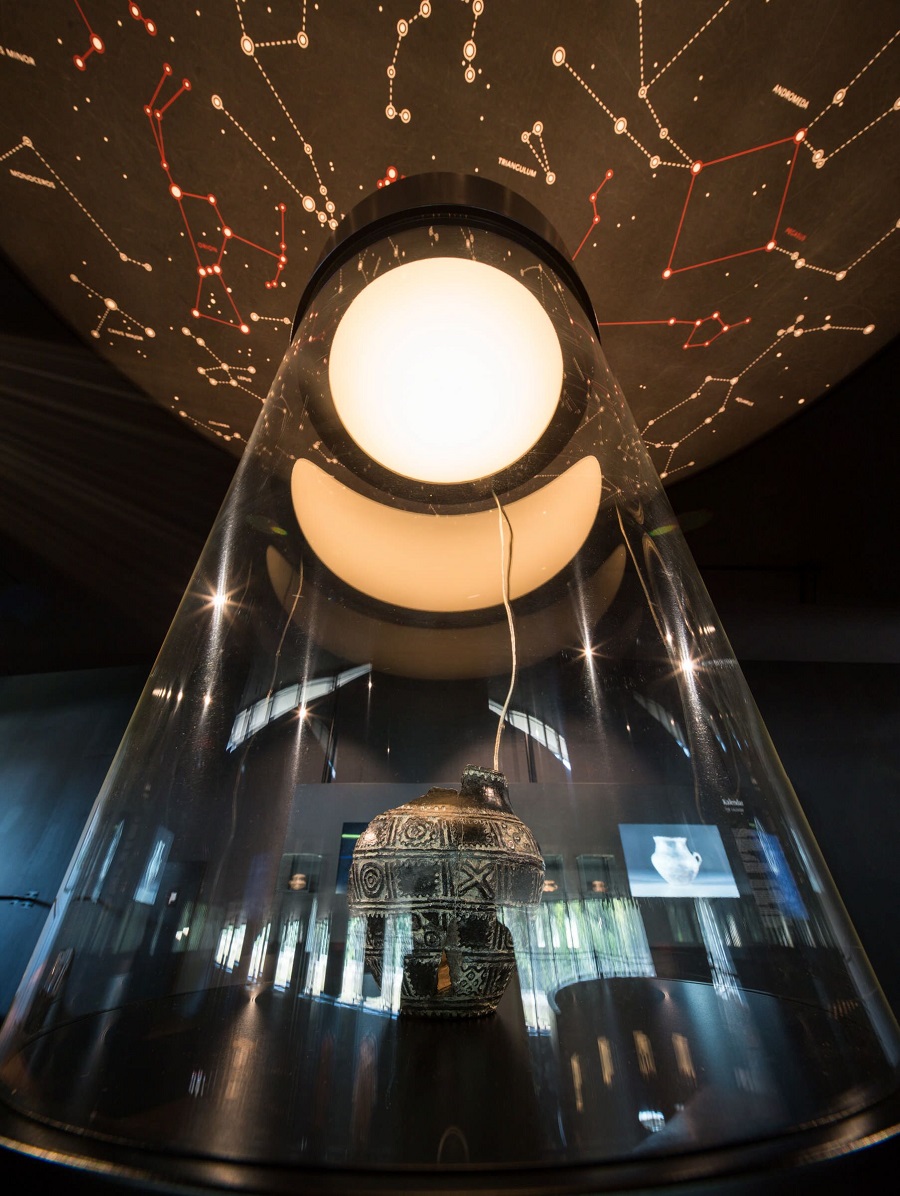
(All the good photos in this article, including this one, by Romulic & Stojcic)
For Vucedol culture is home to the oldest calendar in Europe, an example of which was found on a pot in nearby Vinkovci, itself the oldest continuously inhabited town in Europe, dating back 8,300 years. Here are 10 things to know about Vinkovci from a recent TCN visit.
The Orion calendar is based on the constellation of the stars, as you can see in this brief video above.
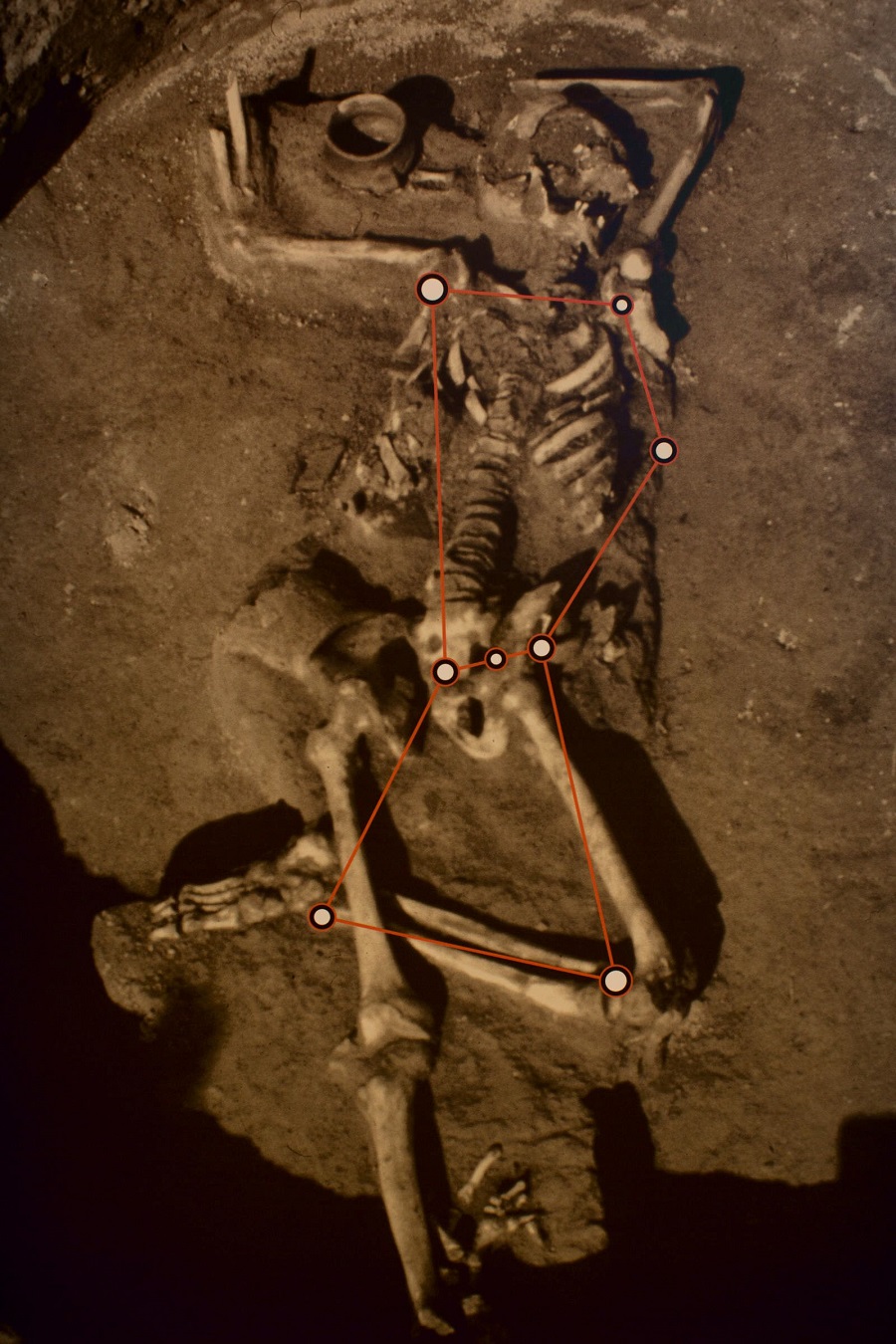
And there are theories that the stars played a role in the practice of human sacrifice after studying some of the skeletons recovered from the Vucedol site.
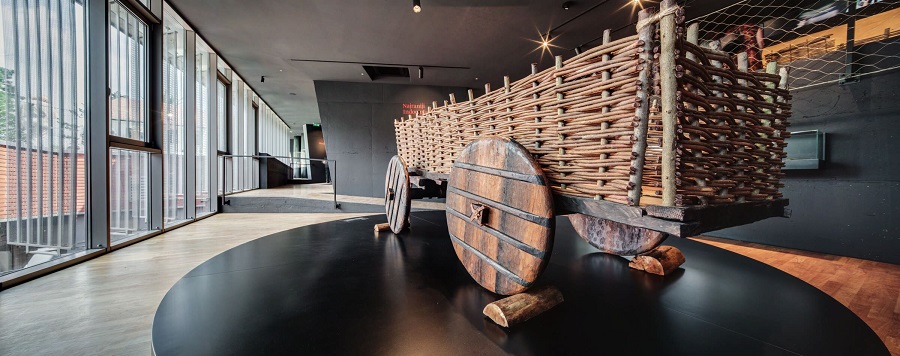
Given that the height of Vucedol culture was some 5,000 years ago, they seemed to be very advanced for that era looking at the exhibits of findings on display. And it is tantalising indeed to speculate what else is still to be found - only 10% has been excavated so far.
Among the exhibits is a life-size exhibit of a Vucedol cart, which was pulled by oxen, but much more interesting...
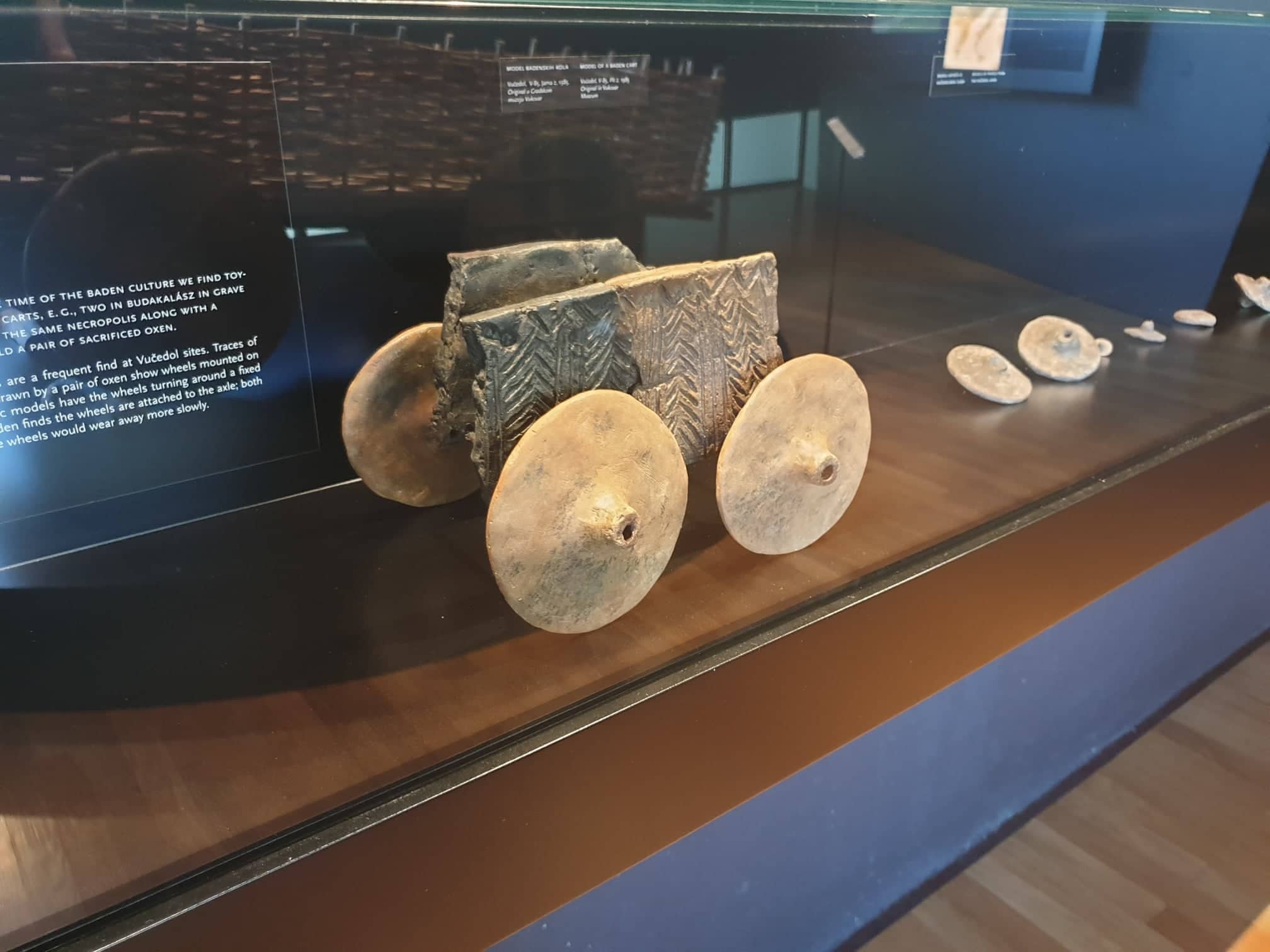
... was this tiny model, an original. A prototype or kids' toy?
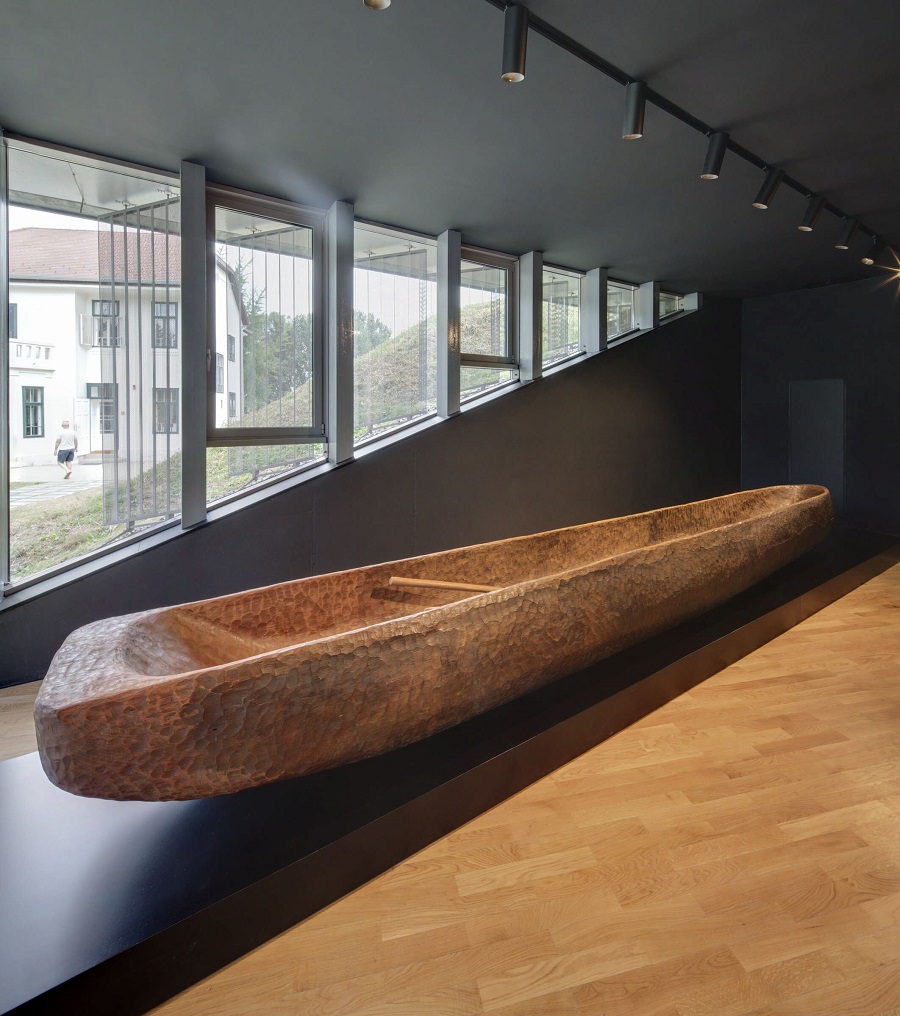
And there was river transport - these beautiful wooden boats cut from one tree, complete with oars.
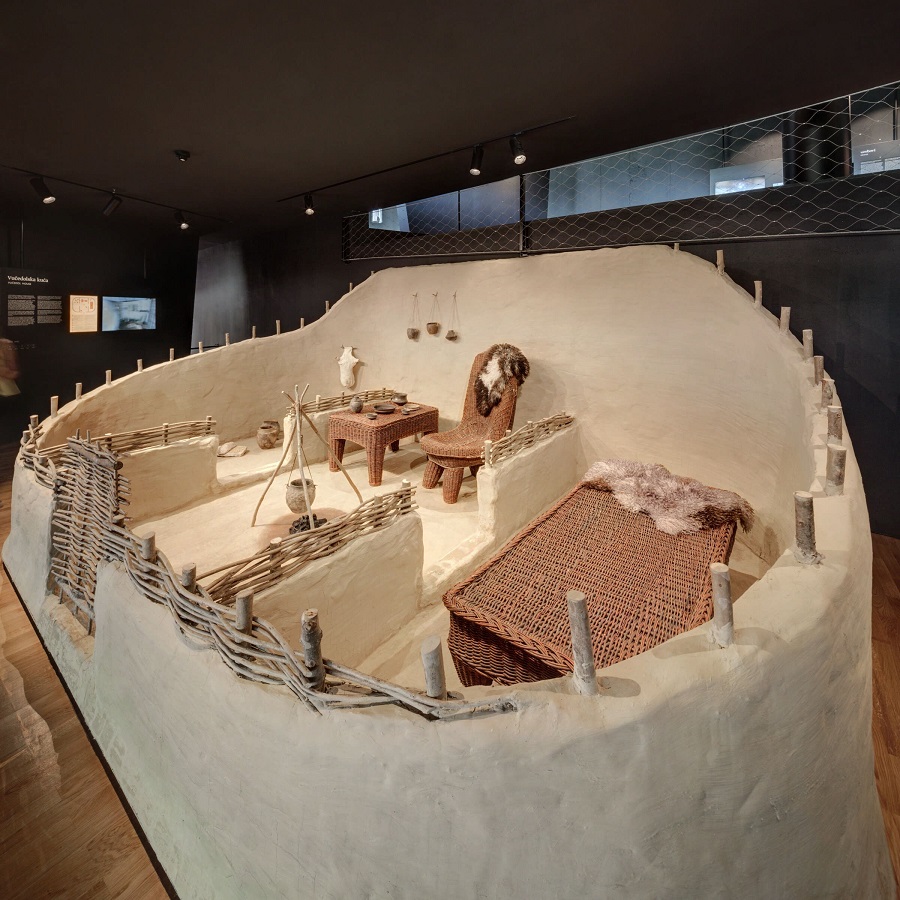
A reconstruction of a Vucedol house.
Get more of a feeling from this reconstruction video of the original Vucedol settlements.
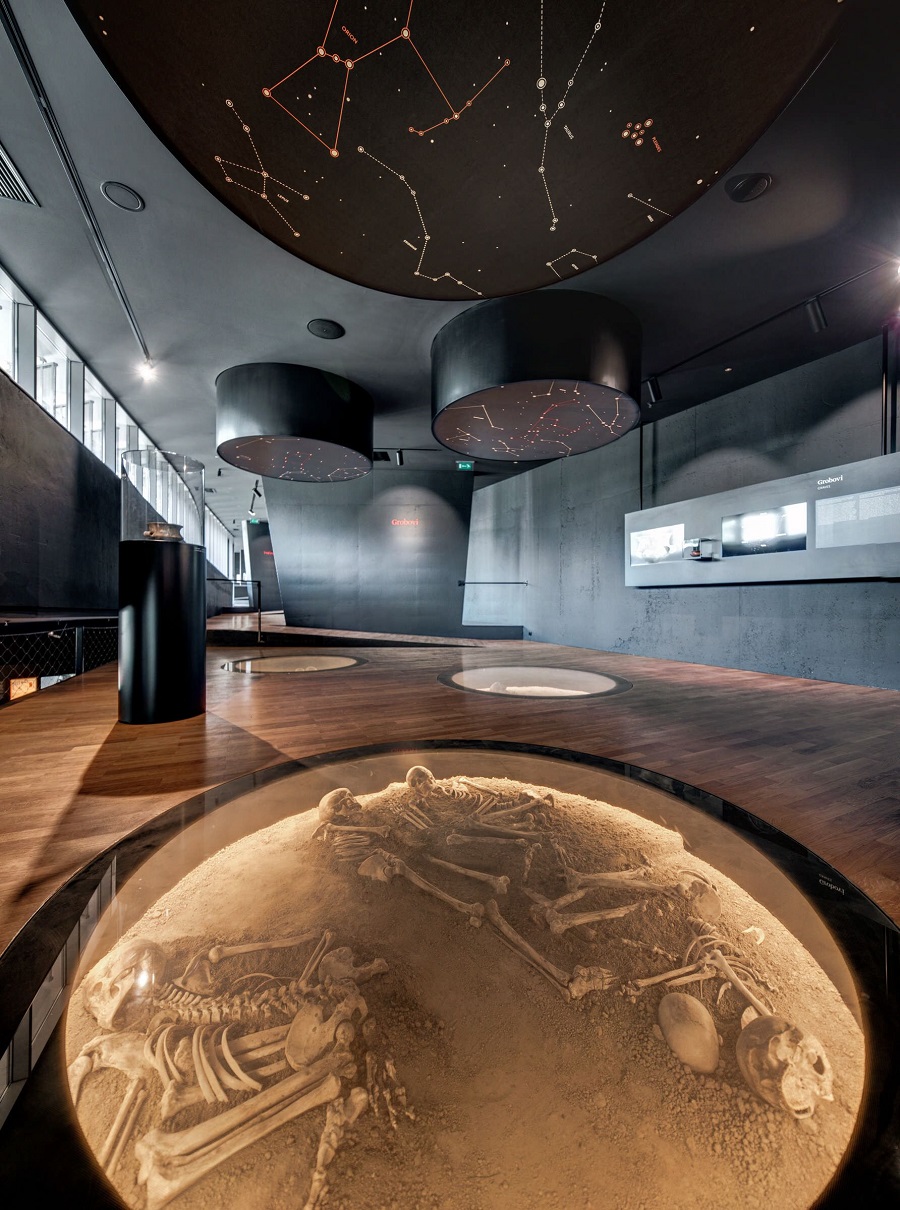
The museum itself has won awards for its design, and I really liked the layout as we moved between its 19 rooms.

And the content kept on coming...
Another find in Vinkovci, the oldest continuously inhabited town in Europe - the first example of metal casting.
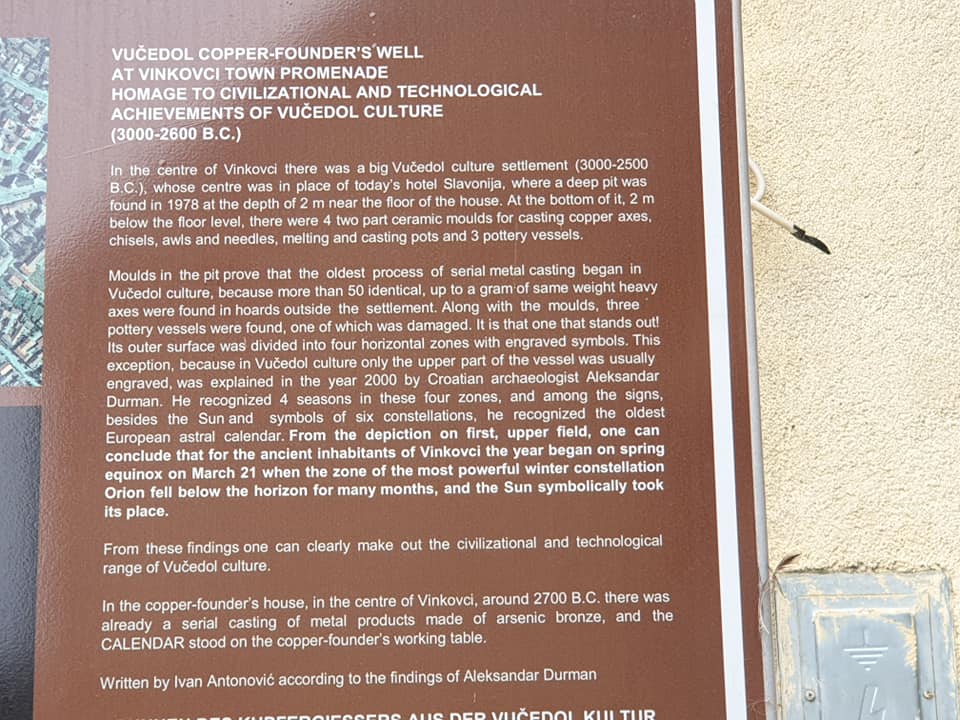
The copper-founders had a shaman-like status within the community, and they lived away from the main settlements.
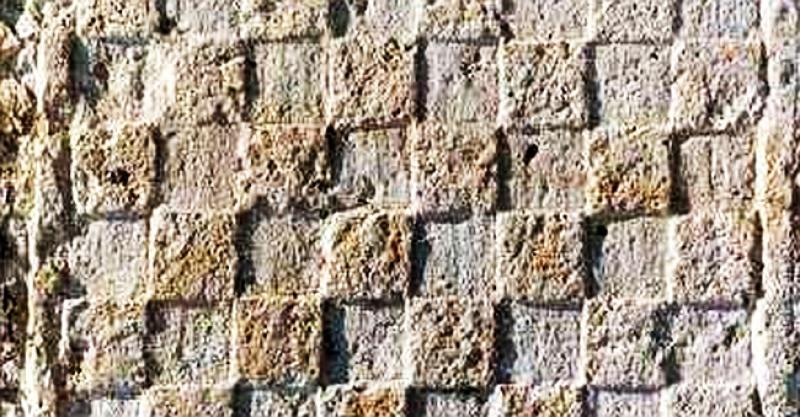
A relatively recent discovery from last year - the first case of the infamous Croatian chequers, which adorn the national flag and which were seen by billions on the shirts of the heroic Croatian national team during the World Cup Final last summer.
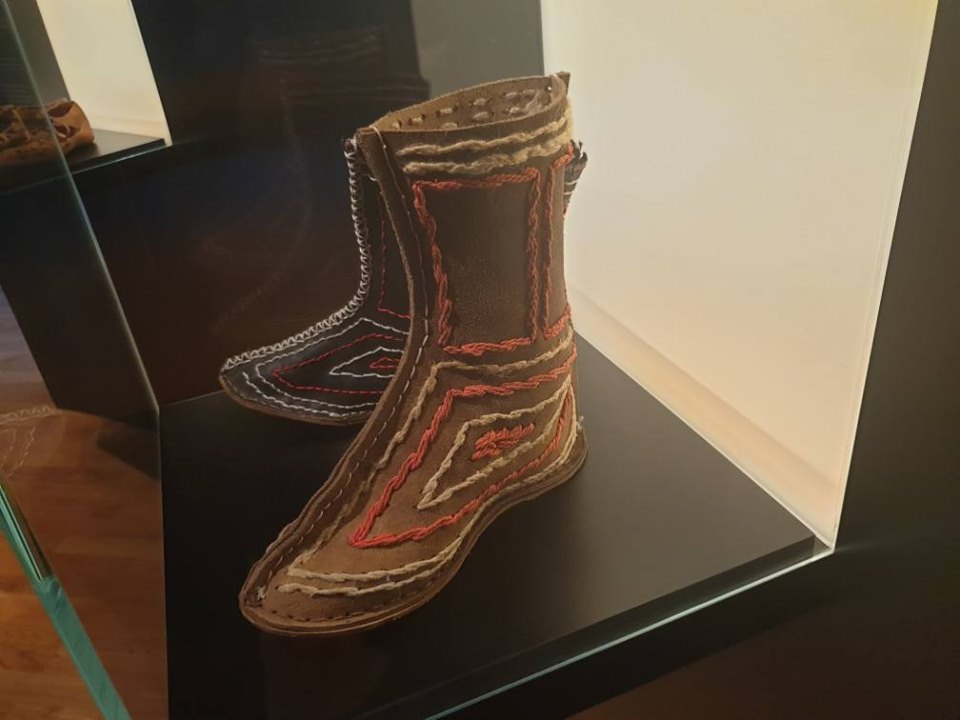
I was surprised by the sophistication and vibrancy of Vucedol fashion - remember we are going back 5,000 years. They were the first to have shoes designed for left and right, apparently.
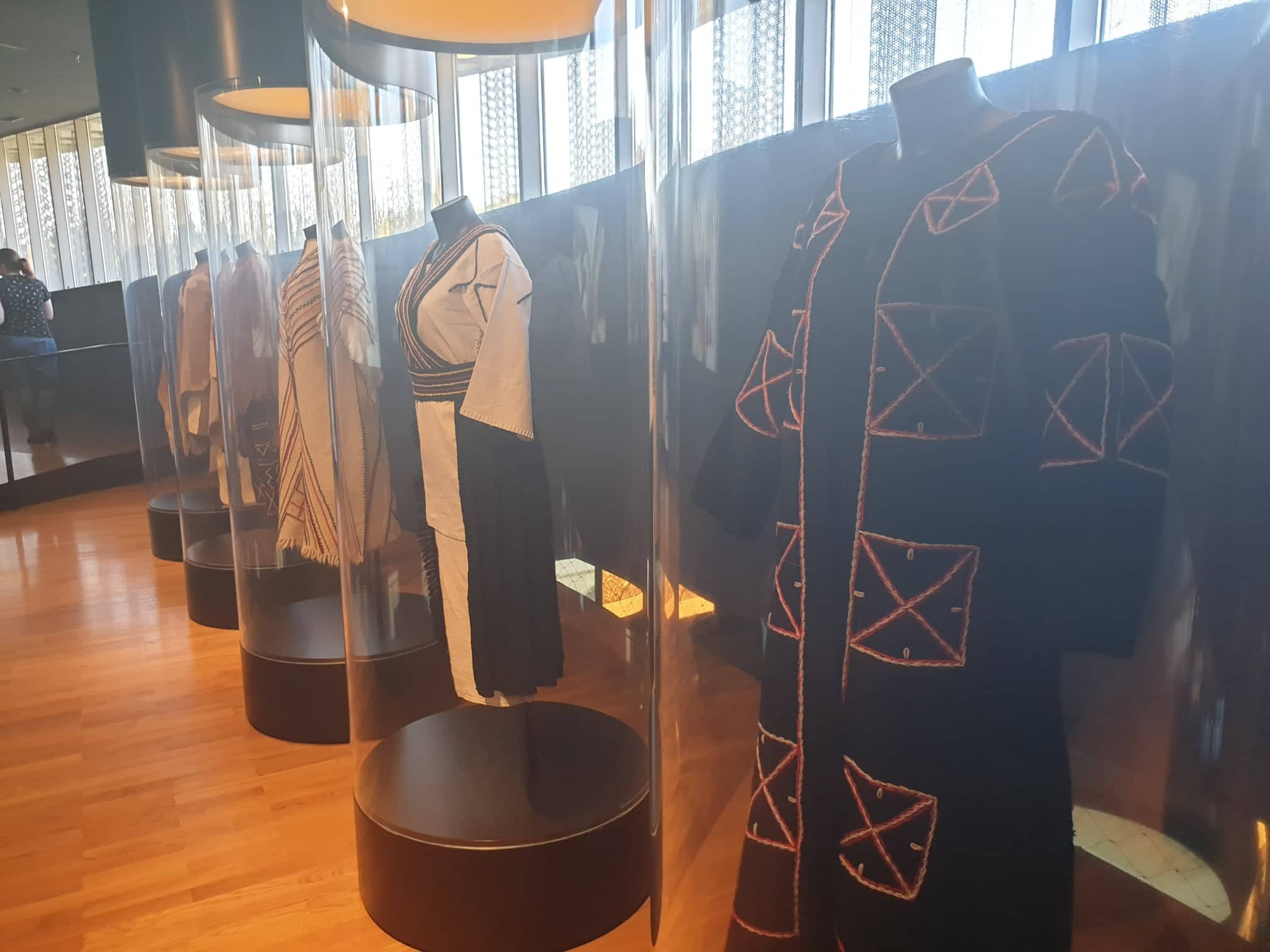
And the dresses of the women would not look out of place in traditional Croatian folklore dress today. How cool would it be for a big fashion house today to come up with a Vucedol range inspired by the designs of five millennia ago?
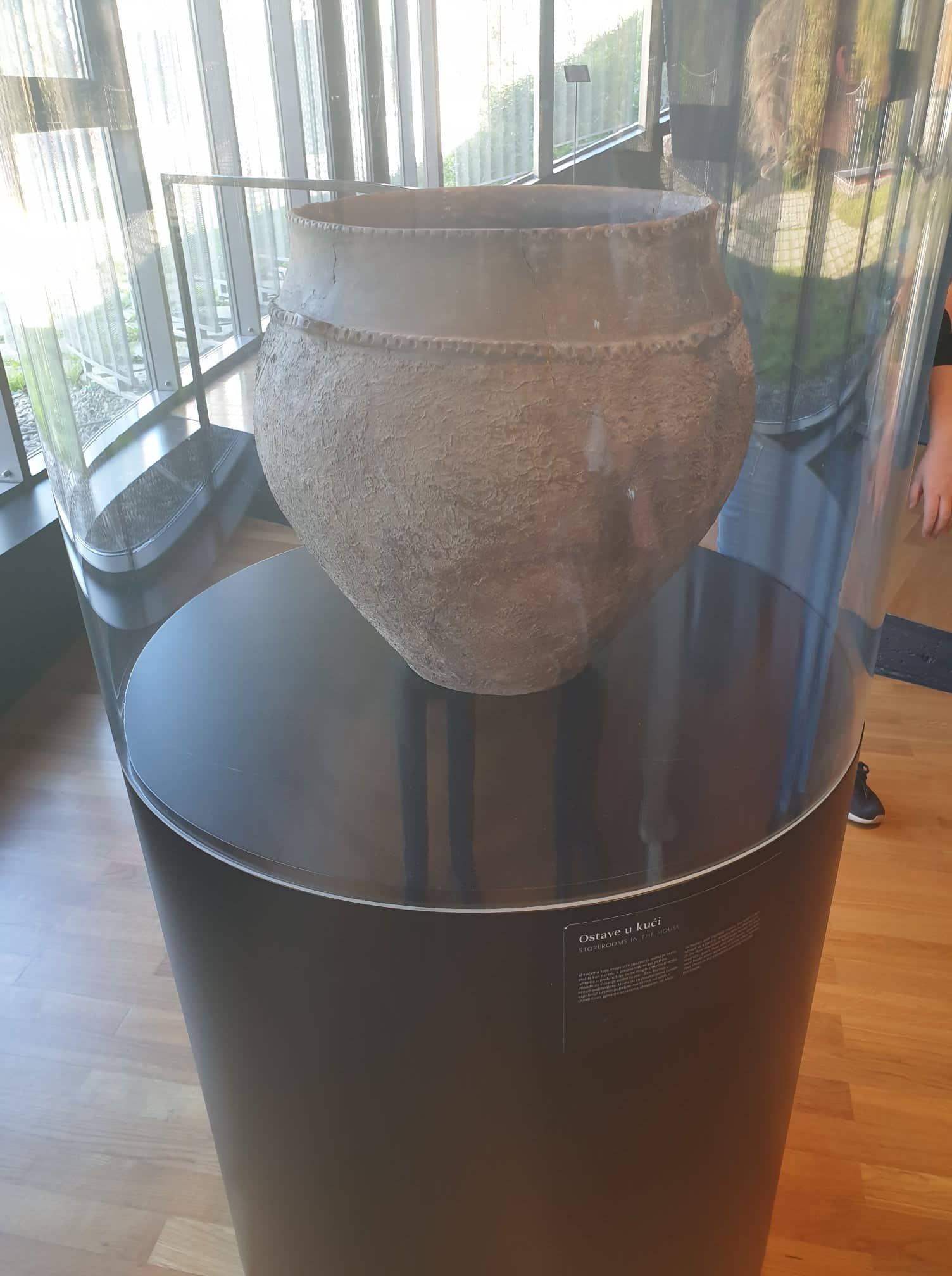
And a rather important pot for beer lovers - evidence of beer brewing dating back to 3,000 BC.

Beer was obviously popular in these parts throughout history. That oldest town Vinkovci was the birthplace of no less than two Roman Emperors, once of whom - Valens - was such a beer lover that he earned the nickname of Sabaiarius, or 'Beer Belly.' His legend lives on through the excellent Valens craft beer of Vinkovci, which you can find in the town's Orion bar (named after the oldest calendar in Europe).
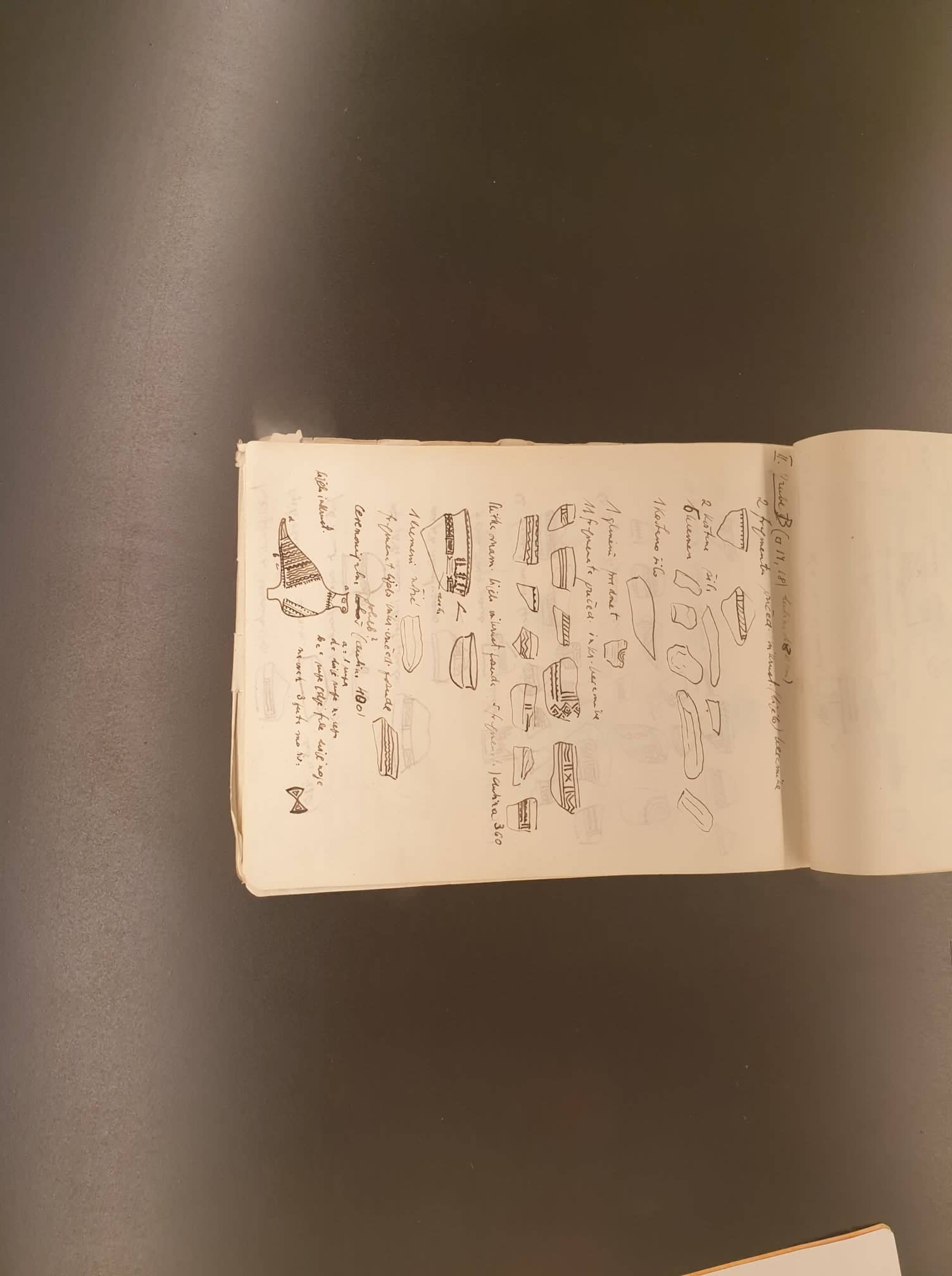
Included in the exhibits are some of the original scribblings of the early archaeologists, and you can see the famous Vucedol dove, which became a symbol of peace for Vukovar. In actual fact, the latest thinking is that was not a dove, but a partridge, due to the drawings, but also due to the partridge's tendency to limp when protecting its nest - similar to the limping copper-smelting shamans affected by arsenic from the metal.

Domestic life in Vucedol.
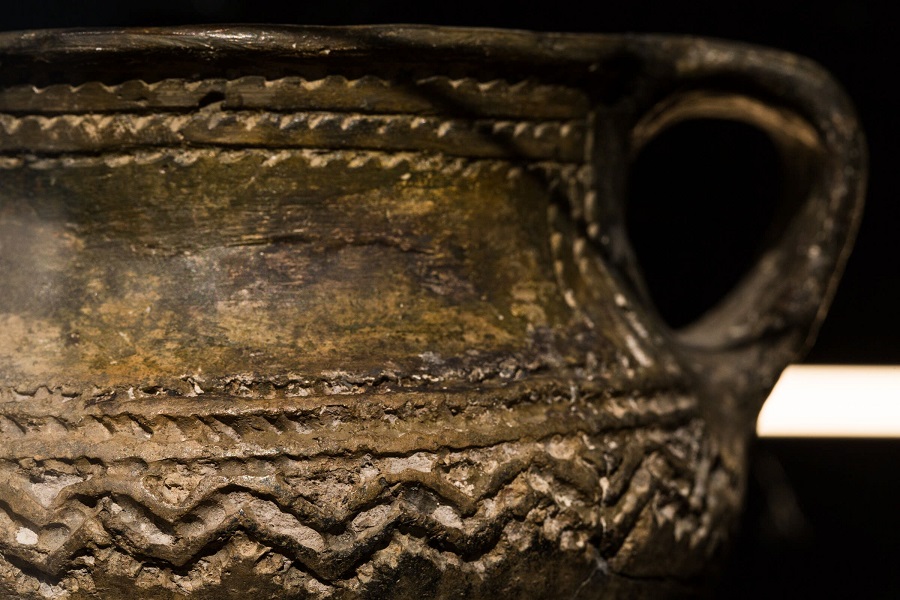
According to our guide, although Vucedol culture is centred in eastern Croatia, it was migratory and there is evidence of it elsewhere in 14 countries. Part of those regional differences is reflected in the pottery. Eastern Croatia is VERY flat and that was reflected in flatter lines in the designs, whereas more mountainous regions had their topography represented on the pottery accordingly.
And excavation is ongoing on a limited budget. Some of the supporters of a recent project, above.
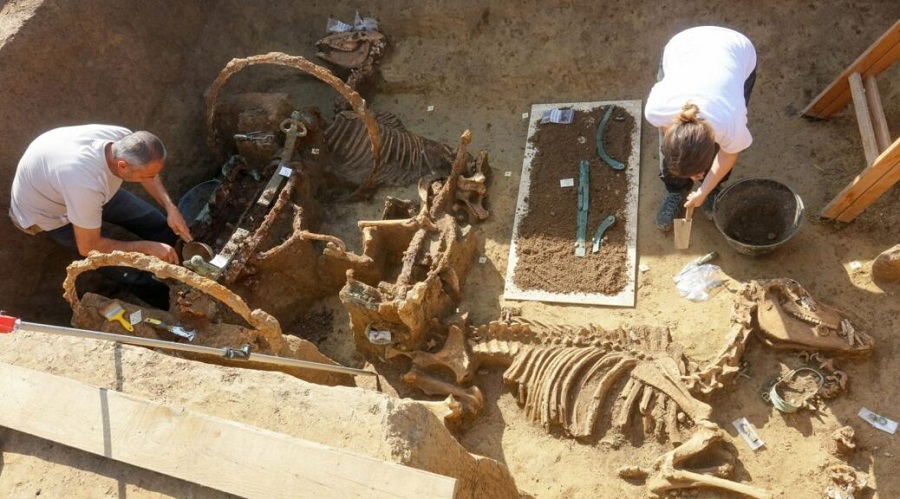
And while it is mouthwatering to contemplate what more remains to be found, when you combine the riches of the surrounding area, the potential for discovery of one of the most important sites in Europe is surely there. Here is one such post-Vucedol discovery earlier this month near Vinkovci, for example - an intact Roman chariot with horse.
As I am far from an authority on the subject, I leave you with some videos from Vucedol, including this one with some of the ongoing excavation.
A journey back in time with reenactments.
And Vucedol in 4k and from the air.
To follow the latest from Vucedol and any new discoveries, follow the dedicated TCN section.
HeadOnEast: How to Make the Most from a Weekend in Eastern Croatia
October 23, 2019 - Even for many Croatian residents, eastern Croatia is a relatively unknown destination, so what is there to explore in a weekend? TCN decided to HeadOnEast on a family road trip to find out.
We had been discussing a weekend in Budapest or Vienna. That is one of the great advantages of living in Varazdin - there is so much that is in driving distance. But in the end, we made a family decision to go in an entirely different direction for a weekend of family discovery - Slavonia.
The initial publicity from the HeadOnEast - Hedonist@Slavonija has died down now that Days of Croatian Tourism is behind us and the tourism chiefs are safely back in Zagreb, but those few days reignited my enthusiasm for eastern Croatia, and the family seemed to like the photos I was sending back. Could we have a more fun weekend in Slavonia rather than Budapest or Vienna? We decided to find out.
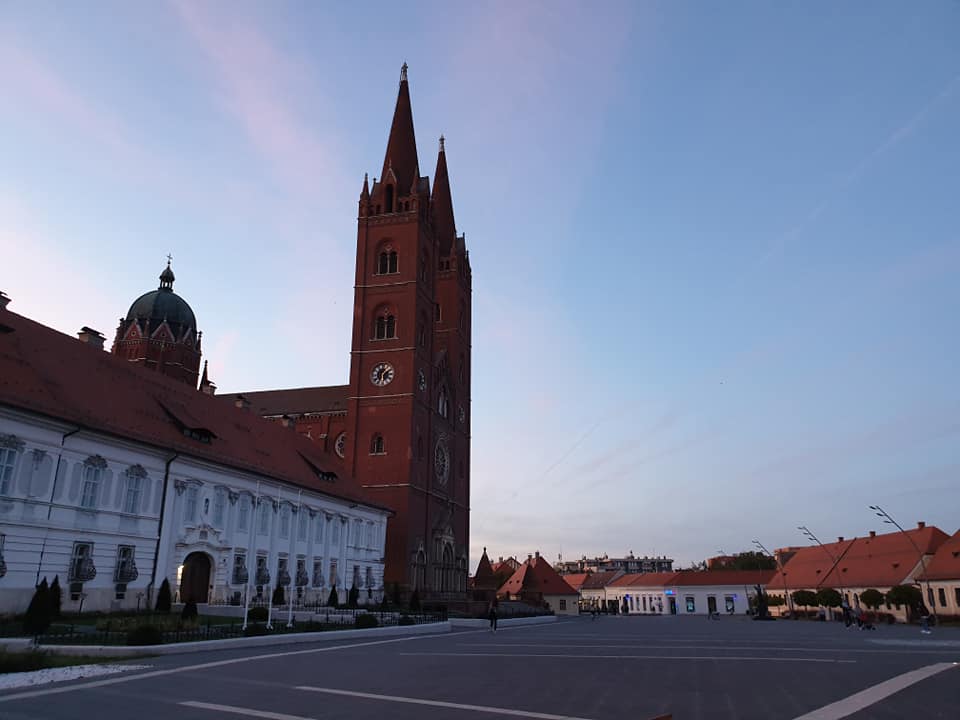
School finished at 13:15 in Varazdin, and we were on the road by 15:00, destination Bilje just outside Osijek, where we would stay with friends. The journey time was much shorter than I had imagined, just over three hours via Zagreb. Slavonia was actually closer than most of the coast.
The roads were clear and we made good progress and as we turned off the main Belgrade motorway closing in on Osijek, a huge church appeared on the horizon. But really massive.
Djakovo Cathedral. It was only just off the road, so we decided to stop for a quick wander around.
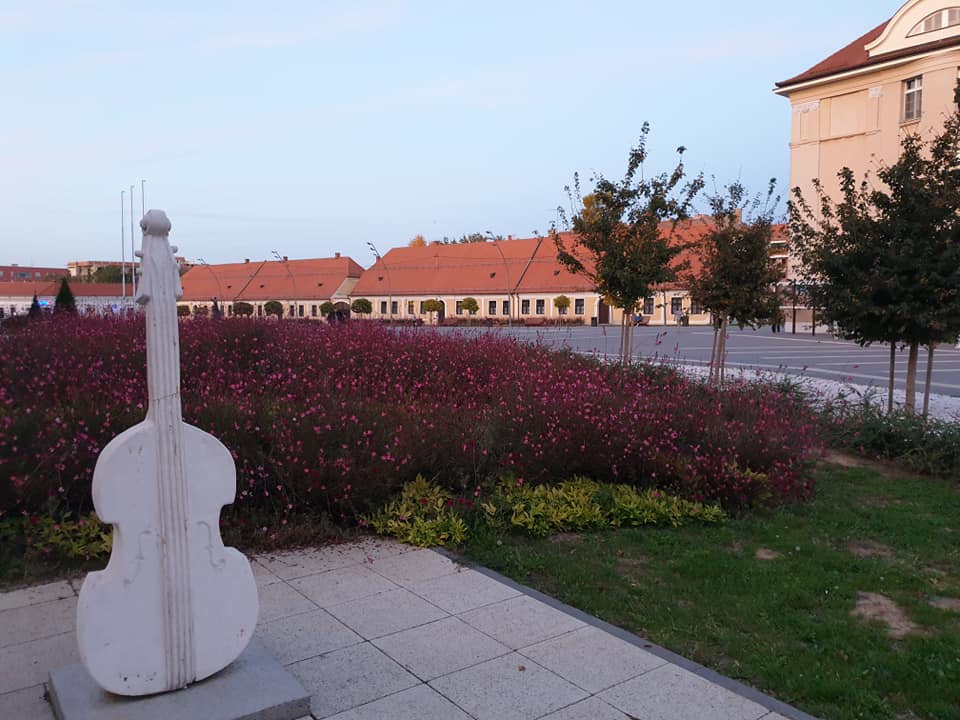
And what a pretty little place Djakovo is, with one of the nicest main squares in Croatia.
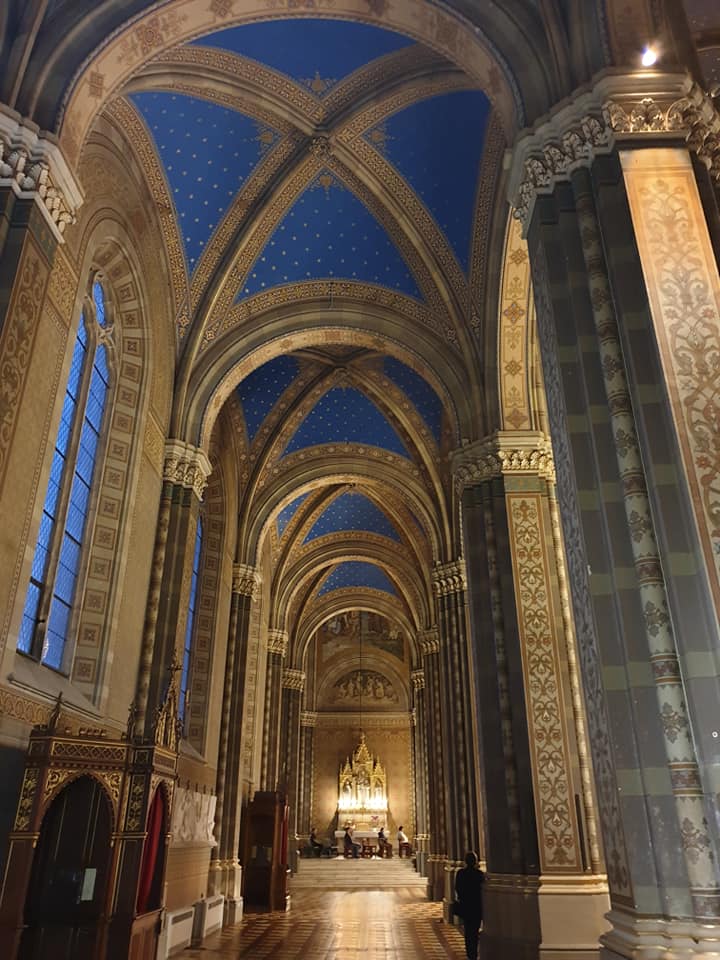
And the cathedral is outstanding, both inside and out. Mass was underway and so we snuck in - this photo above is just from one of the sides, not the main altar.
We debated on whether or not to visit the famous Djakovo Lipizzaner horses, but decided that we would save that for next time as we wanted to press on.
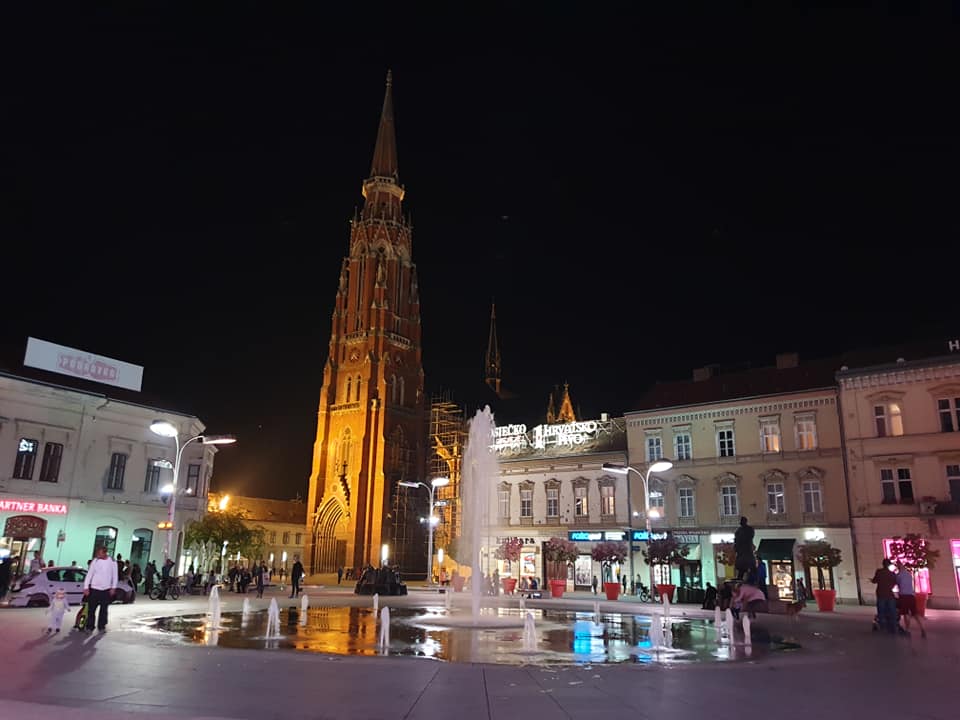
Downtown Osijek of course his its own mightily impressive cathedral from the same era and architect, some 3.5 million bricks in all towering over the city skyline.
There was a really nice vibe around town early on the Friday night, a wonderful place to walk around and explore the historic streets and buildings.

Being on the Drava, Osijek has its own 'riva' just as in Dalmatia, a place of space, nature and people watching. A nice little spot for a coffee on arrival.
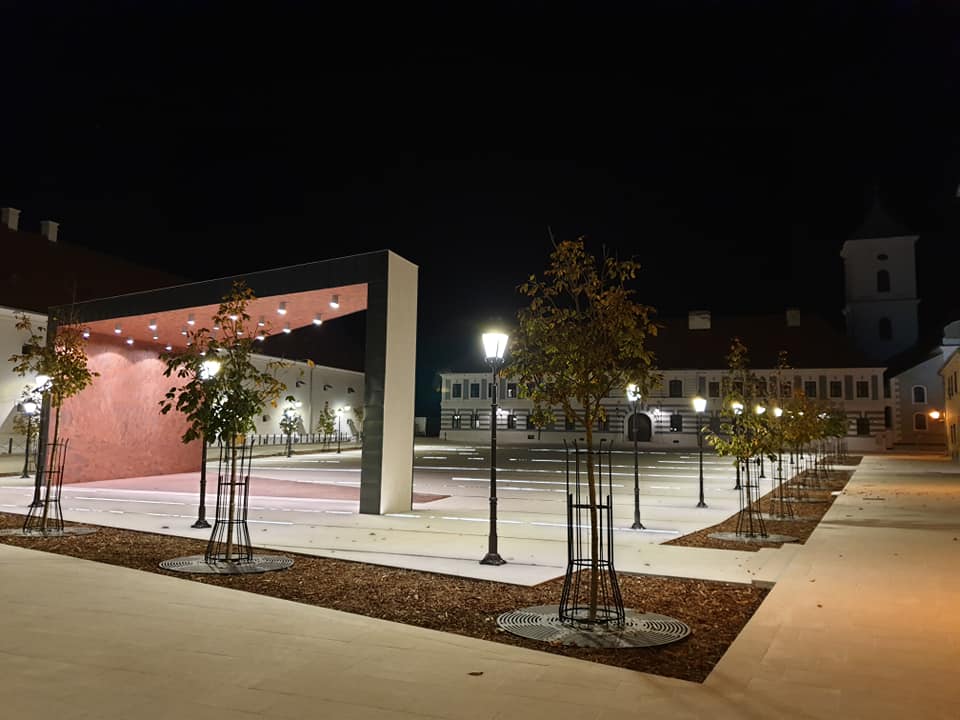
it was my family's first visit to Slavonia and I wanted them to see as much as possible, and the walk along the river to Tvrda, or Fortress, was magical. And although the fortress and old town date back centuries, some rather impressive changes and upgrades are in process, such as this spectacular new square, which was until recently mostly a muddy parking lot.
And when the old town comes alive, it really comes alive. Things were a lot quieter during our visit, but take a tour of the HeadOnEast gourmet festival earlier this month in the video above.
Osijek surprised us all with its beauty and the sheer number of historic buildings and wide tree-lined avenues - gllimpses of its past glories. Get more of a feel in this walking tour above, organised by locals with a lot more knowledge than this fat British blogger.
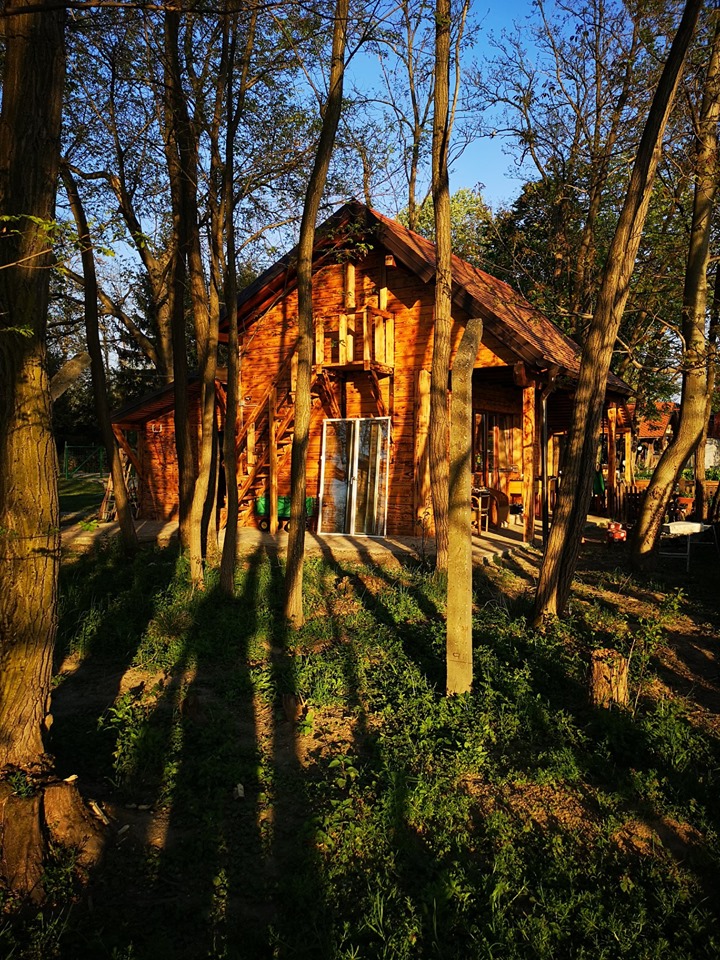
And so to our accommodation, and one which we were all looking forward to. A weekend without gadgets in the natural beauty of OPG Mario Romulic just outside Bilje.

Mario is a good friend of mine and is diversifying from his very successful career as one of Croatia's premier photographers to open his own organic farm next to his home. It is fantastic! I stayed there a couple of weeks ago for the first time, slept like a log and woke to the clucking of hens.
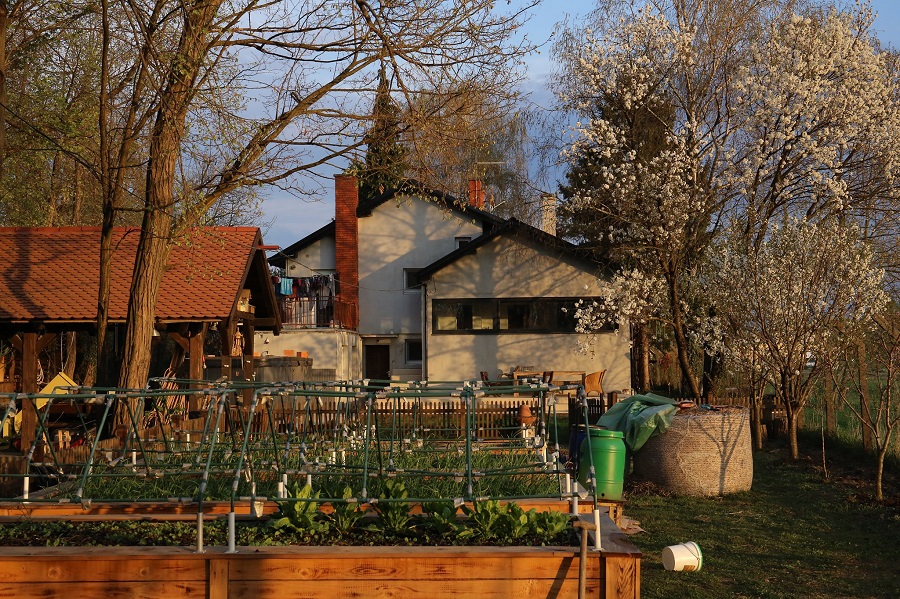
And all around the wooden house, organic produce leading to the family home. The kids loved it, especially the 15 cats (mostly tiny kittens) which were roaming freely with the hens.
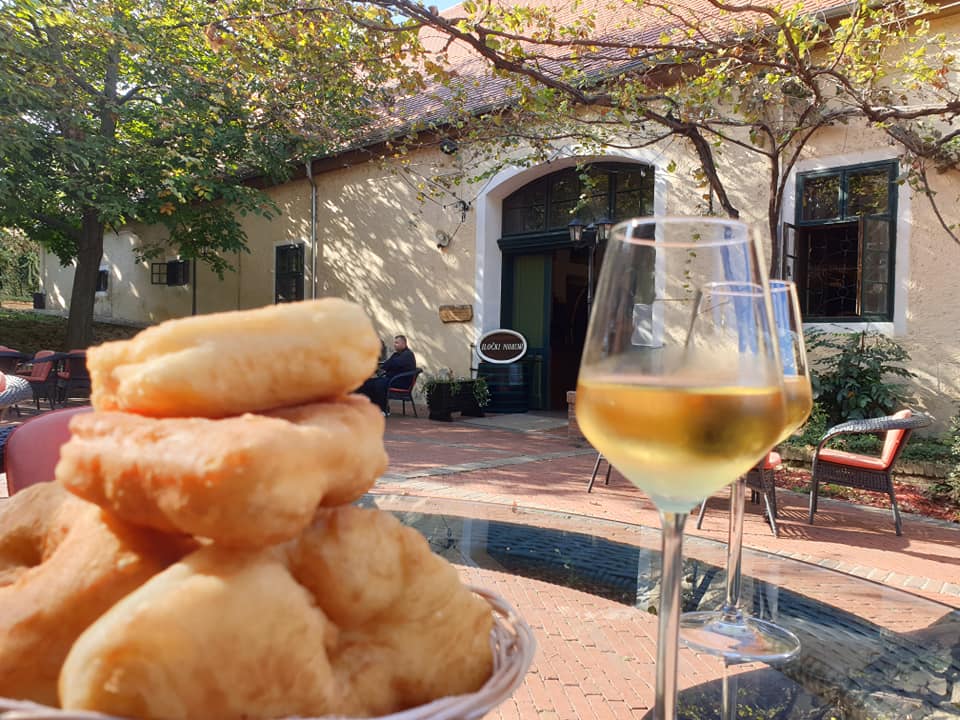
But we had also come to explore, and the first stop was a visit to the legendary cellars of Ilocki Podrum, Croatia's most decorated winery and purveyors of wine for the Royal weddings of William and Harry, as well as the Queen's coronation back in 1953 - learn more about that and the most expensive bottle of wine in Croatia.
But before the tour of the cellars, a little breakfast. A glass of Traminac with the most unusual-sounding breakfast dish I have ever come across. Literally translated - Torn Underpants. They tasted a lot better than they sounded.
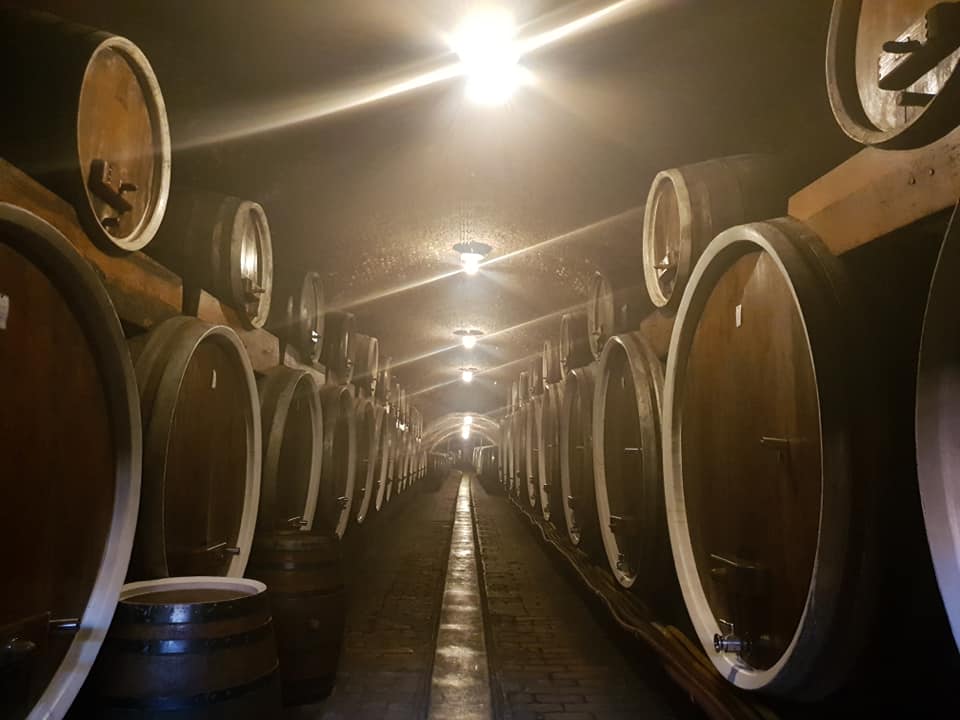
The Ilok cellars are incredible, the stories even more so, and the wines even more so than that. There is a separate article coming on TCN, but in the meantime, just visit!
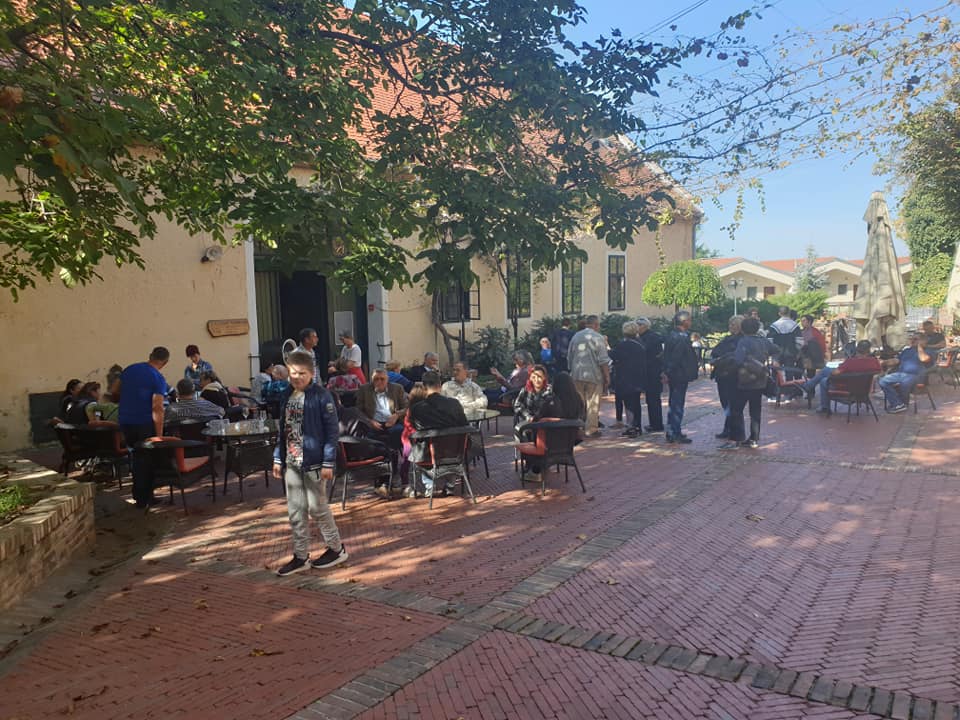
And plenty were visiting, even in mid-October. Just one of the day's tour groups from the United States. Despite its position as the easternmost point of Croatia, Ilocki Podrum receives some 70,000 tourists a year, 45,000 of them foreign.
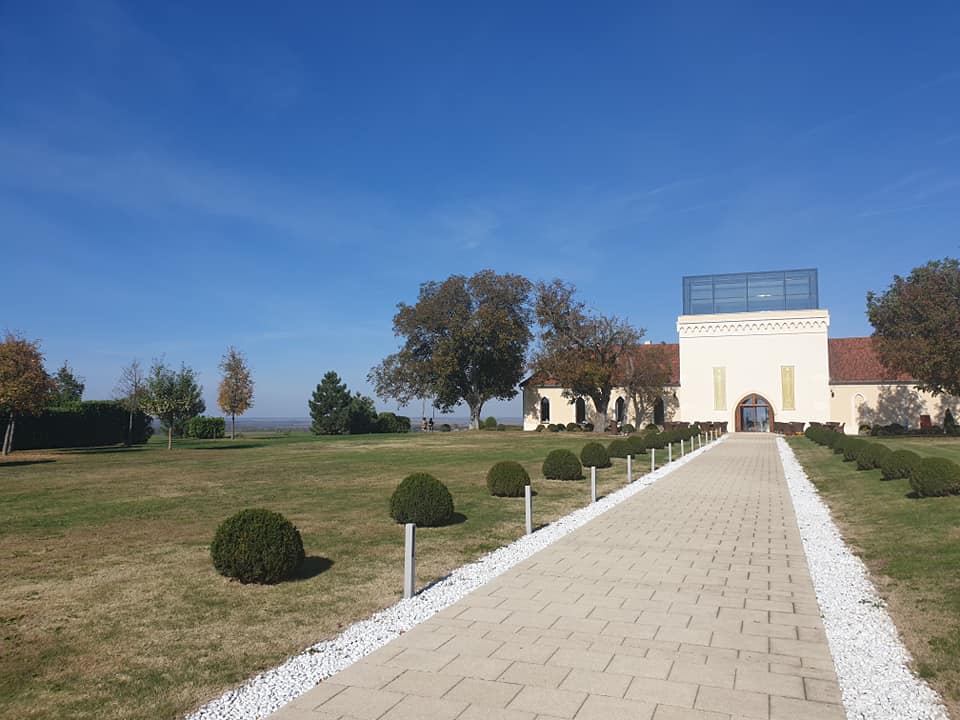
But while I was aware of the wines, I had no idea that tourism at Ilocki Podrumi was also booming in addition to the wine. The estate of Principovac is located in splendid isolation outside of town, a very popular wedding venue and complete with restaurant, quality accommodation, tennis courts and even some golf. A really great conference centre and place to escape the stresses of life.
And to party. The New Year's Eve festivities for 500 guests are quite something apparently. Take in the view in the video above.

There was just enough time to visit the compact old part of the town of Ilok as well. Really rather pretty and definitely a destination for a relaxing weekend in its own right.
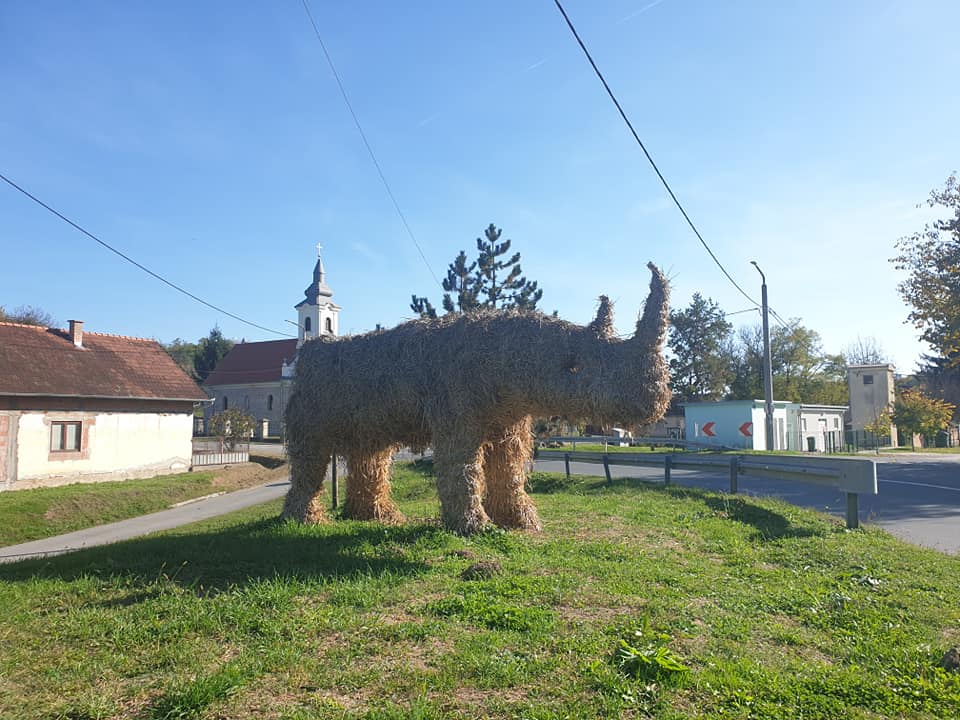
Slavonia is VERY flat and we loved the golden autumnal colours as we drove, as well as several very quirky things along the route. The famous Slavonian straw artist has been busy in the region...
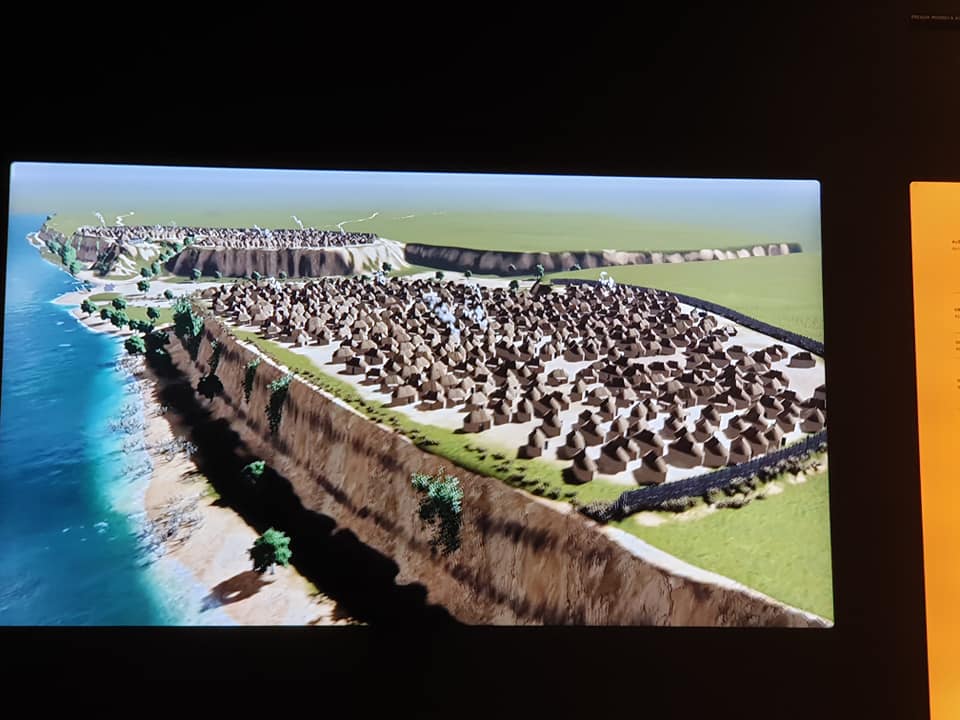
And then, finally, the chance to fill in one of the biggest gaps in my knowledge of Croatia - Vucedol.
And what a gap it turned out to be. I knew that there was some claim to ancient civilisation in eastern Croatia, but I had never researched it too much, and so the Vucedol Museum was quite a shock. For this modern-day suburb of Vukovar had once been as important as Paris today in terms of settlements in Europe.

And the discoveries of Vucedol place it very favourably with other world-famous cultures such as the pyramids in Egypt, Stonehenge etc. And yet very little is known internationally about Vucedol.

A very developed civilisation which gave the world the oldest calendar in Europe, the first metal casting of tools, and some rather funky fashion 5,000 years ago.
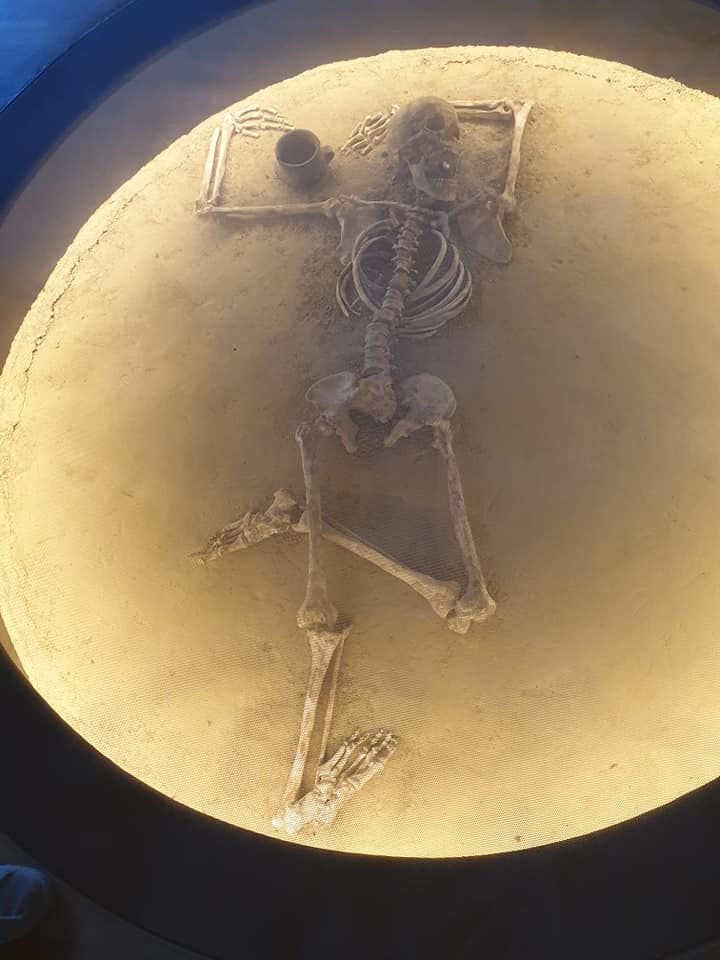
And rituals of human sacrifice.
More on Vucedol coming soon, but check out the museum, it is one of the very best in Croatia and a great family attraction. And the enticing thing is this - only 10% of the area has been excavated. Imagine what else is waiting to be found if the other 90% is ever excavated. Croatia could be home to one of the world's most important archaeological sites.
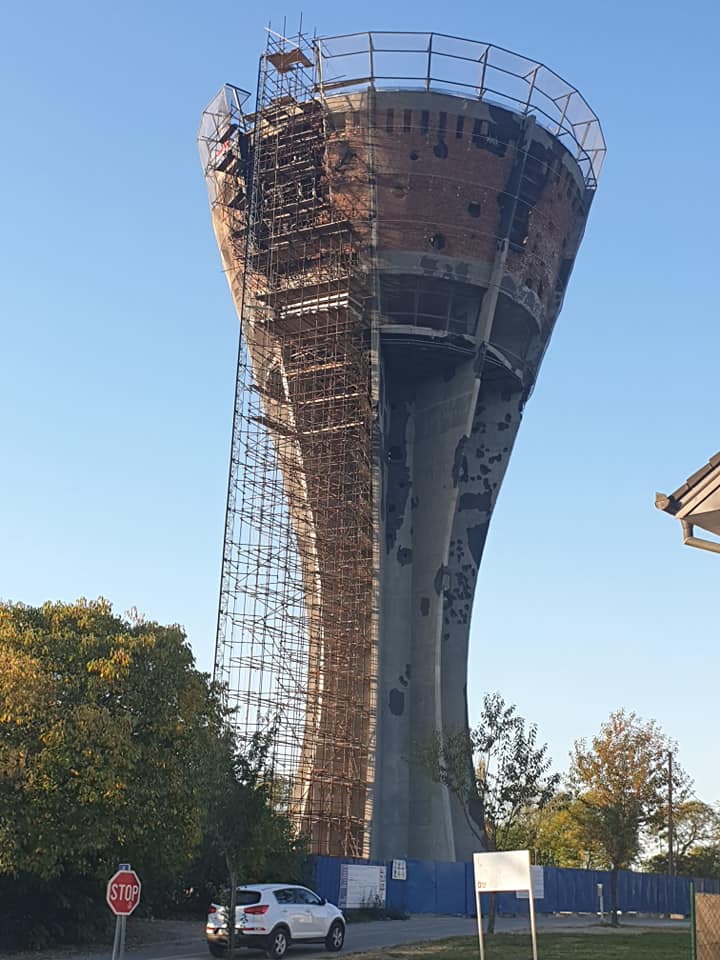
From the ancient past to the very recent past, as we visited probably the most famous building in eastern Croatia and symbol of the suffering of the heroic city of Vukovar, which is now under reconstruction.

I had planned on exploring Vukovar on a future visit, but as we were so close, we decided to drive through. The iconic water tower in the distance, the Danube separating Croatia from Serbia.
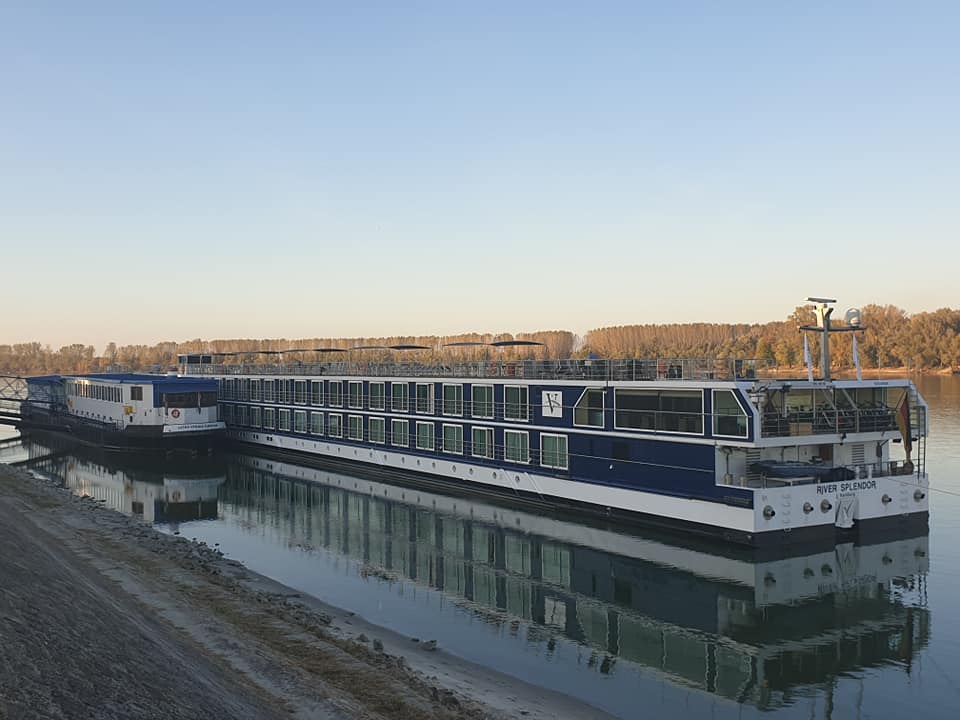
And cruise tourism, the type you rarely read about in the news, but growing slowly and bringing tourists to the east - cruises down the River Danube. Still going strong in mid-October.
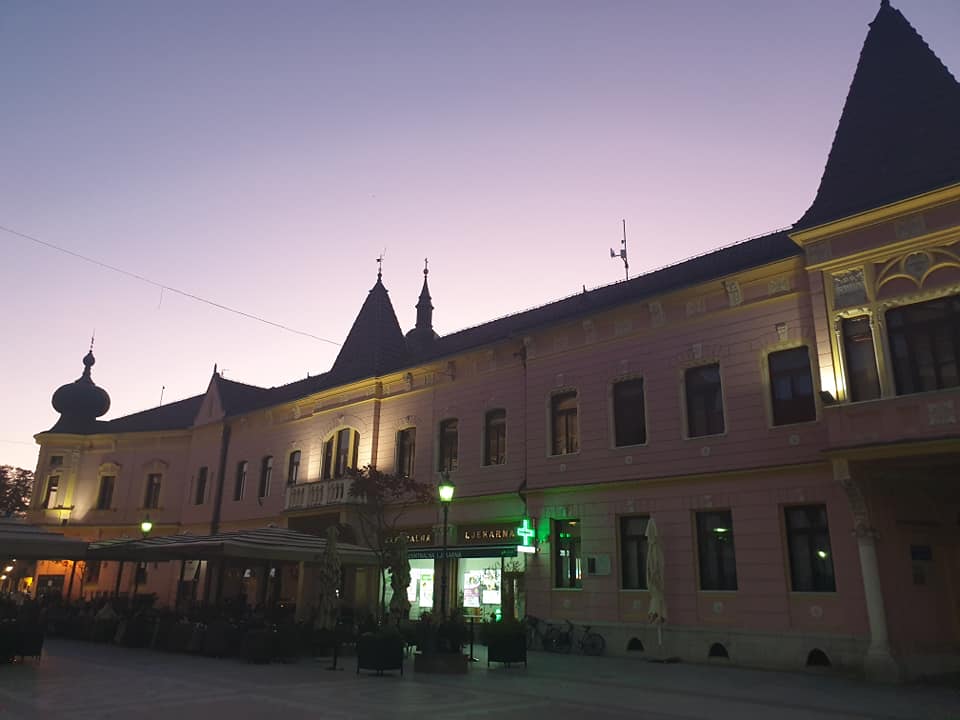
And so to our next stop - to the oldest continuously inhabited town in all Europe, home to some of the more sensational Vucedol finds. Vinkovci, a fascinating town we covered in some detail recently.
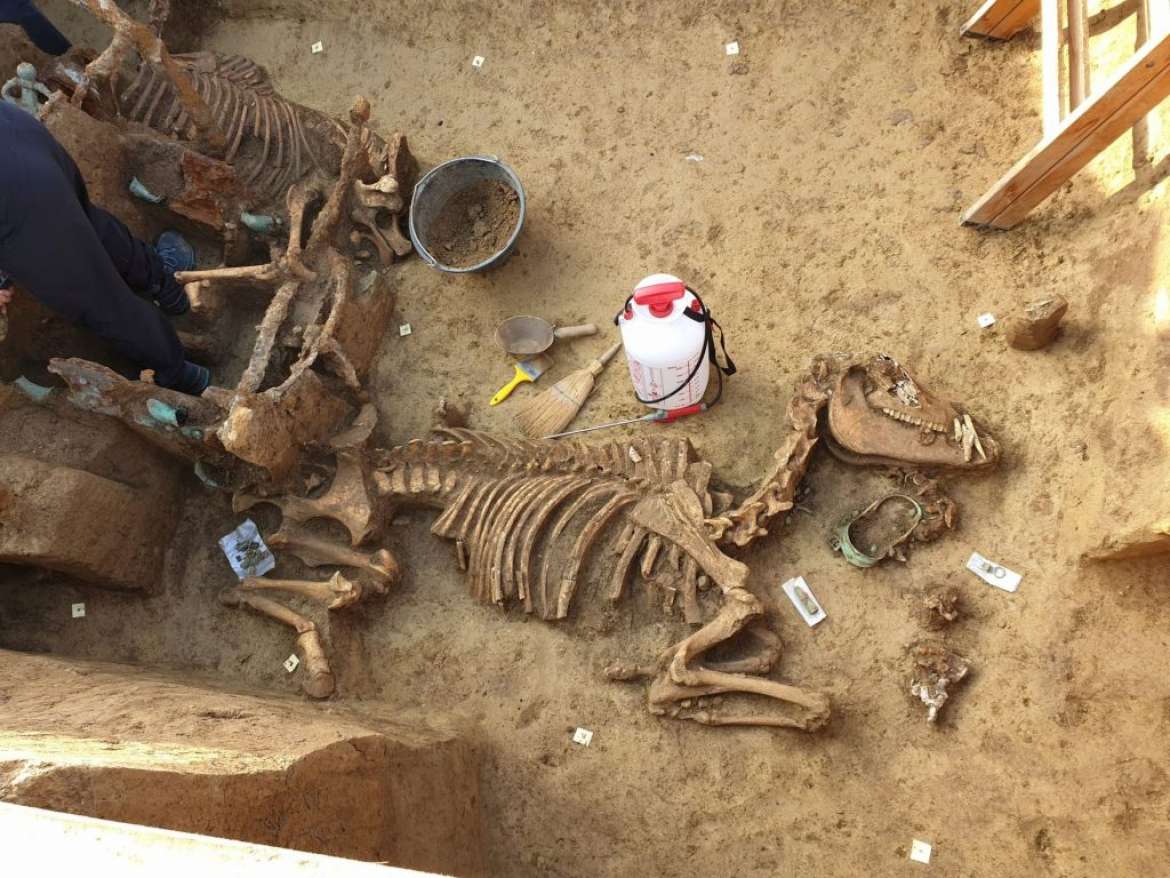
And since my visit a few weeks ago, yet one more sensational discovery - wonderfully preserved remains of a Roman chariot and horse. What other secrets await to be discovered - from Roman times, the Vucedol era, and others?
There was lots to ponder and discuss as we headed back to our organic paradise on Saturday night.
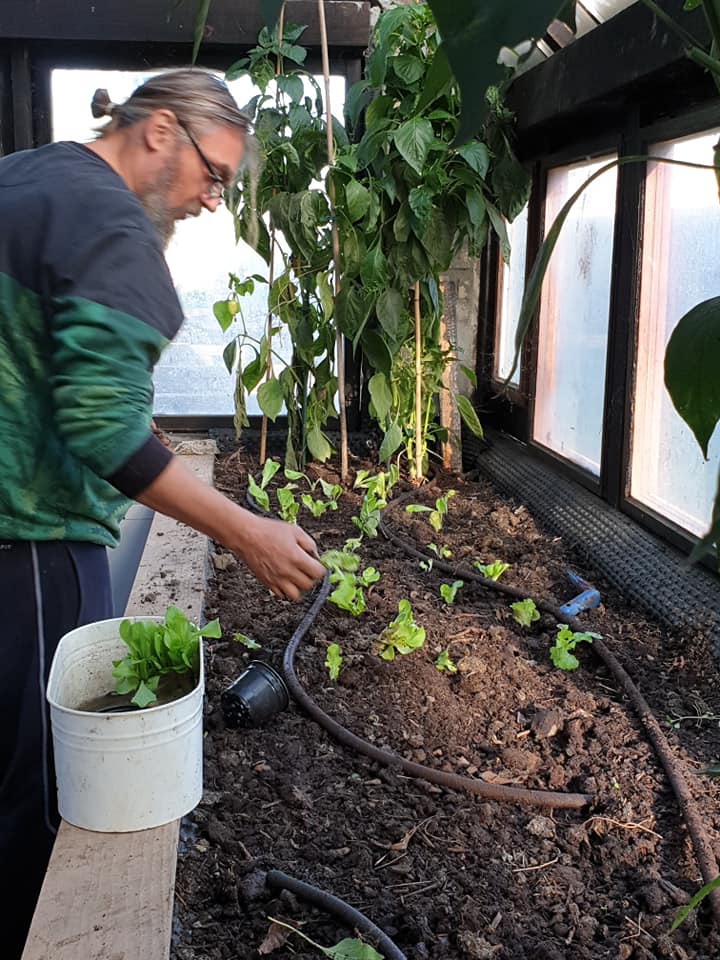
Sunday morning was spent with Barba Mario. As far away from the stress of modern life as one could hope to be.
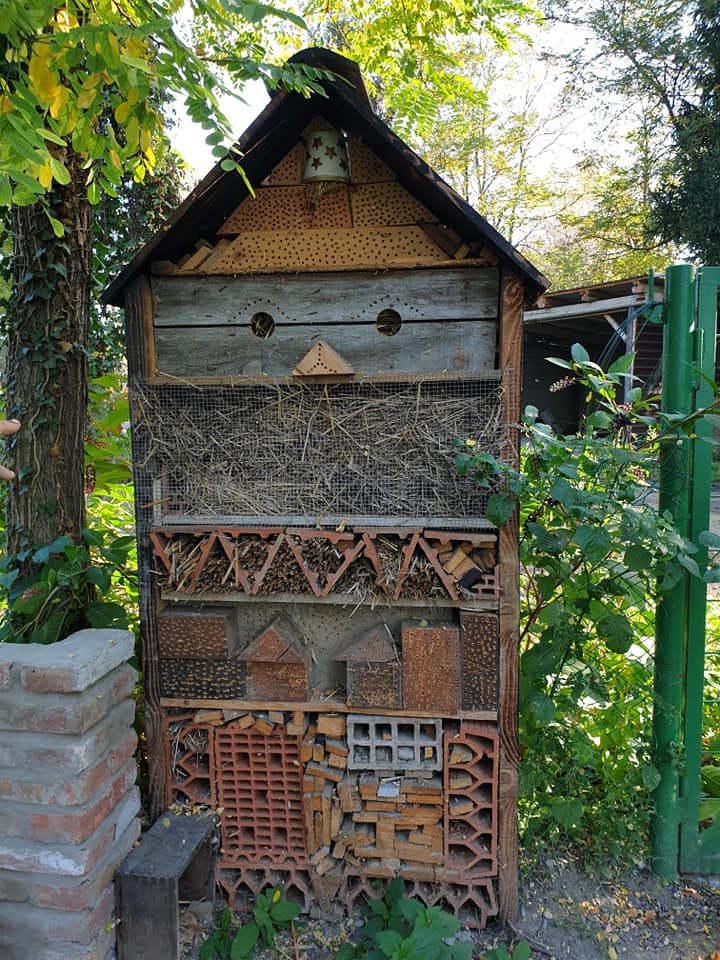
We really enjoyed our tour of his wonderful project, which you can learn more about on Facebook. and all the little details, such as this little bug hotel, which provides the right conditions for wild bees to thrive. They are essential as they work in much lower temperatures than ordinary bees, therefore pollinating where pollination would otherwise not happen.

And after a tour, a little breakfast - all locally sourced or home-grown.
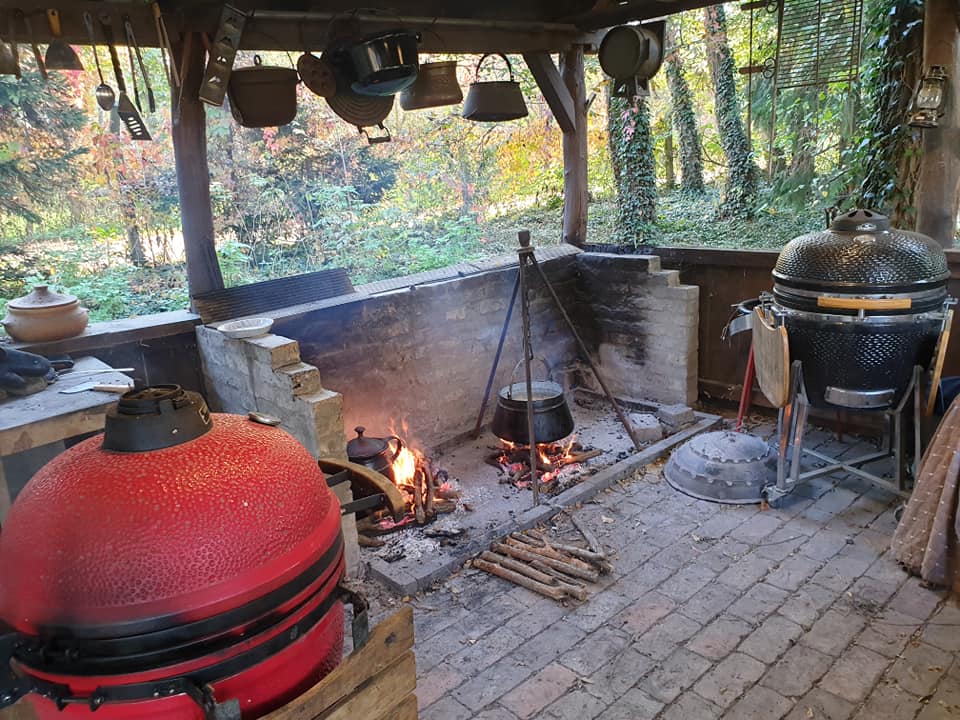
Slavonia is known for many things, including the best hospitality in all Croatia, and while we had planned to leave a little earlier, a tour of Mario's 'Meat Church' and an invitation to lunch proved too hard to resist.

And while Mario slow-cooked the meat, we drove the one kilometre necessary to one of the natural jewels of Croatian tourism, Kopacki Rit Nature Park.
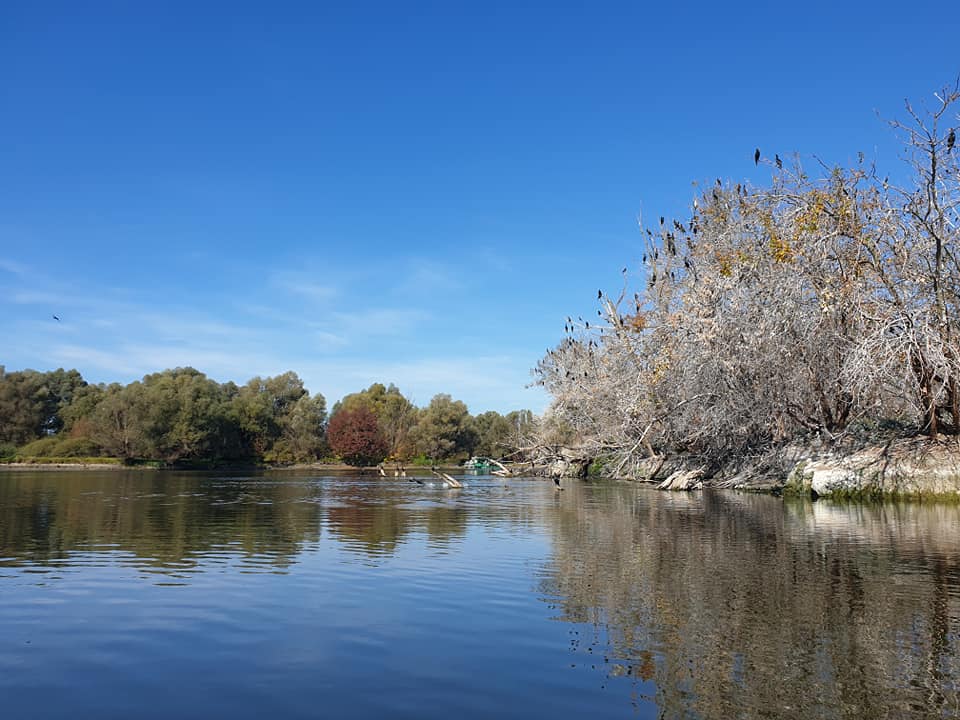
The weather was perfect, the nature more so - one of the most important wetlands in Europe, with over 300 species of birds.
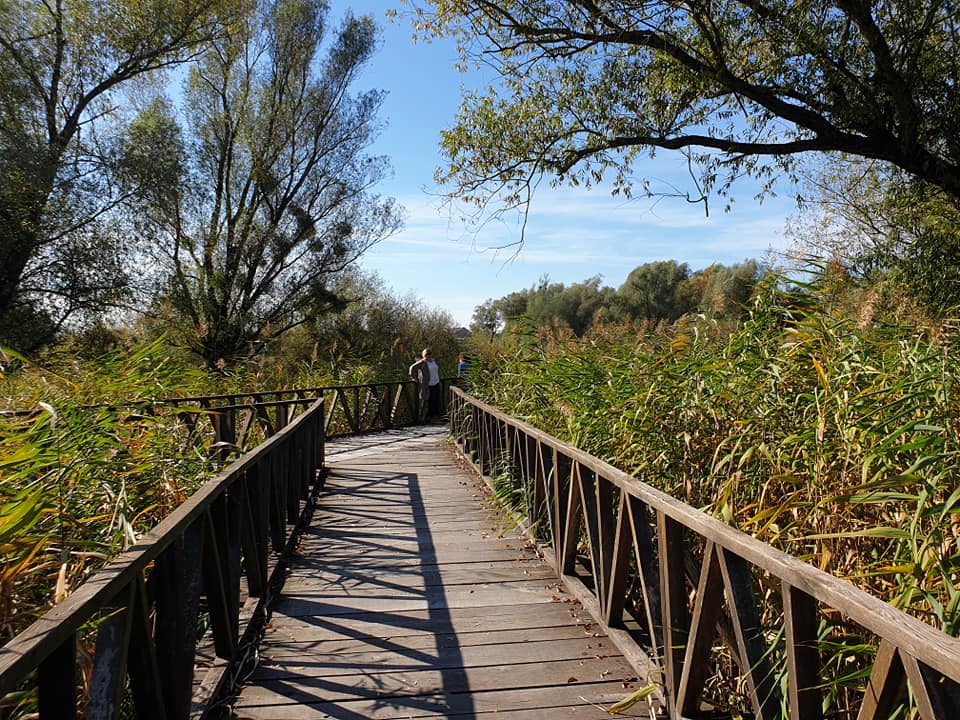
And nicely constructed wooden walkways took you through the marshlands - beautifully done.
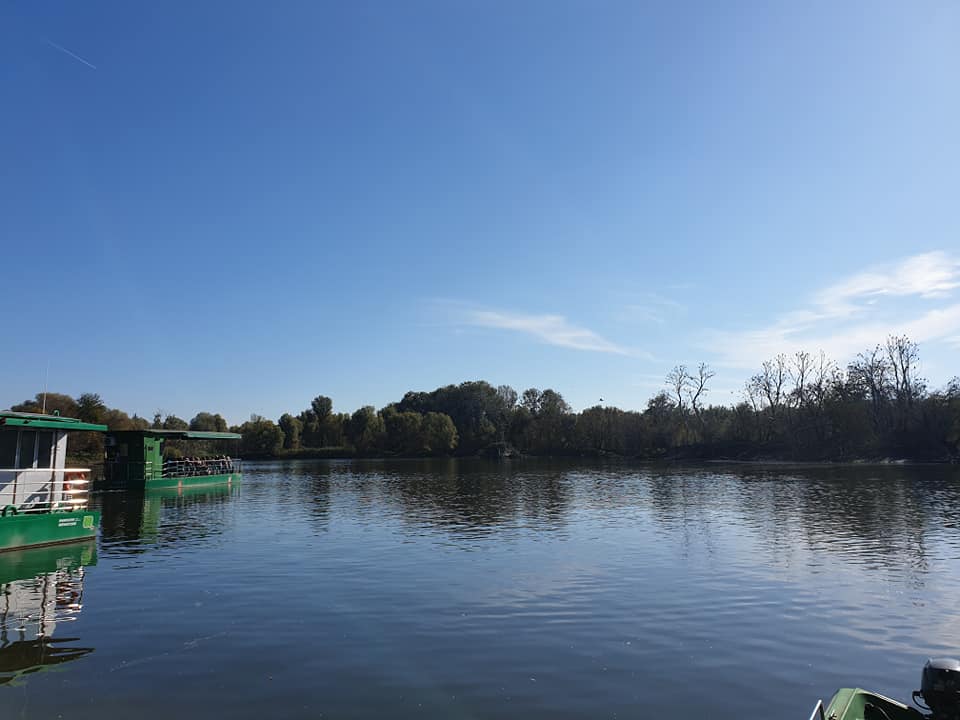
And we were not alone. Another boat full of tourists heads out into the Kopacki Rit waterways.
Meanwhile...
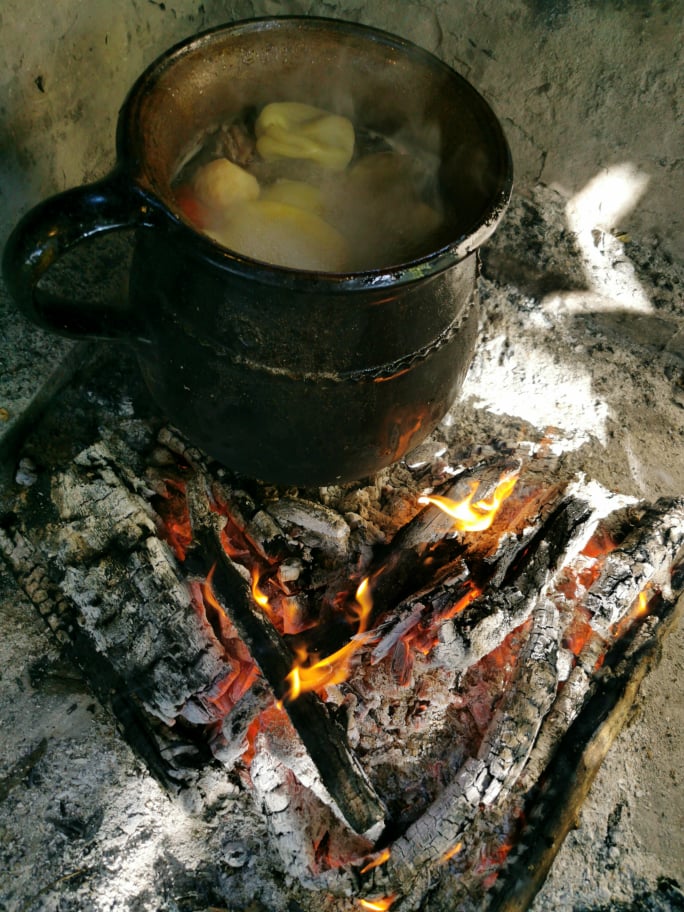
Romulic the photographer combines with Romulic the masterchef.
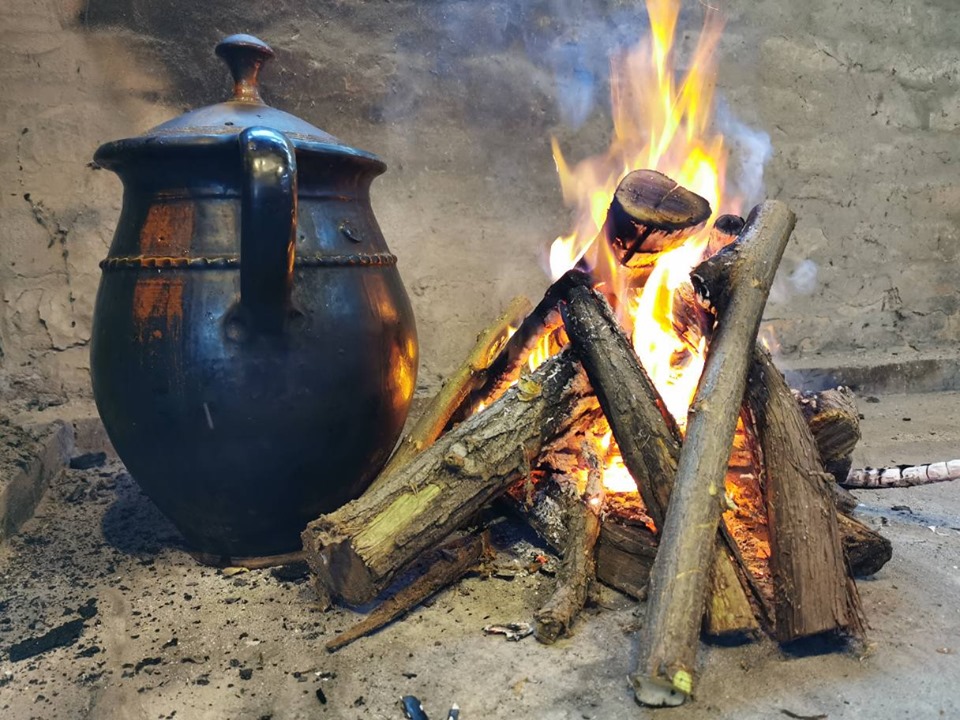
Cooking as It Once Was.
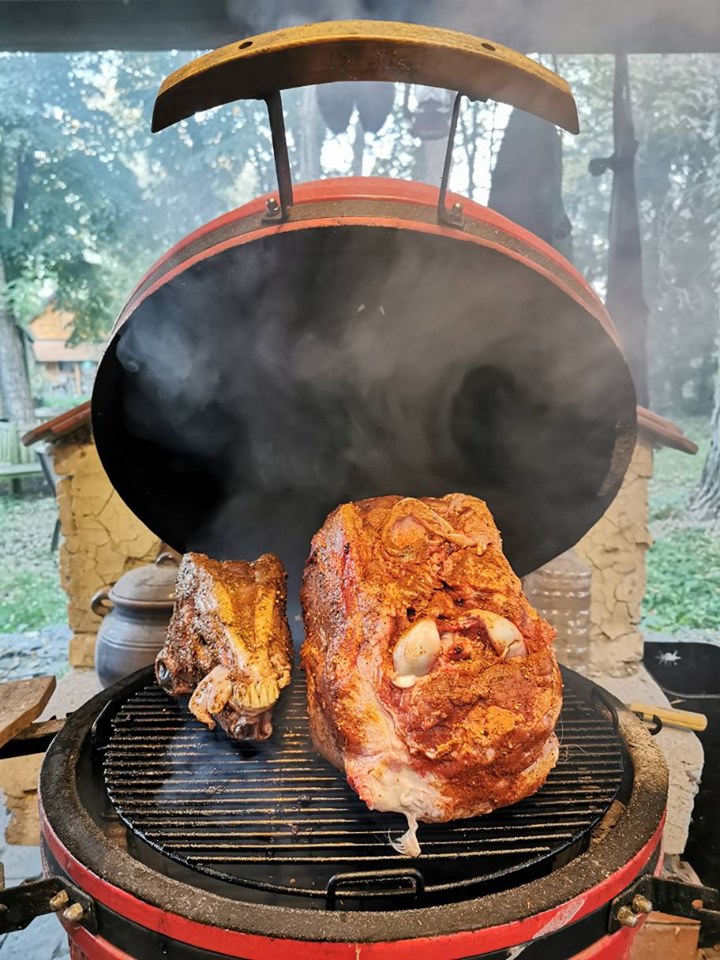
A hearty lunch, great company and fabulous Slavonian hospitality. It was with some regret that we packed our things and headed back west to our regular lives.
Budapest or Vienna for the weekend? Why not explore the jewels which are much closer to home instead?
Here are 10 things that I learned about eastern Croatia this month.
Segregated Schools to Remain in Vukovar?
ZAGREB, October 22, 2019 - Vukovar Mayor Ivan Penava said on Tuesday that the model of segregated schools and pre-school institutions in Vukovar was implemented pursuant to the law and it remained to be seen whether or when the time would come to take steps to change that model.
"The model of segregated schools and a similar model, although a little less stricter, in kindergartens, are not my personal choice. In my opinion, children should go together and be able to learn their own language, history, culture regardless of which minority they belong to. That (learning the language of one's own ethnic group) should be after regular (school) programmes," Penava said on Tuesday during a visit of the recently reconstructed kindergarten in the Borovo Naselje suburb of Vukovar.
He added that children should play together, make friends and share their time.
The energy reconstruction of the kindergarten cost 1.5 million kuna with 1.1 million kuna secured by the Ministry for Demography, the Family, Youth and Social Policy and the remainder from the Vukovar Reconstruction and Development Fund.
The kindergarten's heating bills before the reconstruction amounted to HRK 40,000 a month and the reconstruction is expected to help cut the bills by 60%.
Children at the kindergarten attend separate programmes - Croatian and Serbian and are divided into separate rooms.
More Vukovar news can be found in the Politics section.
President Doesn't Think Conditions Are Right for Cyrillic Signs in Vukovar
ZAGREB, October 19, 2019 - Croatian President Kolinda Grabar-Kitarović said on Friday that major issues should be resolved first and then steps taken for everybody to feel safe before setting up official and street signs in the Cyrillic alphabet in the eastern town of Vukovar.
"I find important the decision made by the Vukovar Town Council that conditions have not been met for Cyrillic signs, having in mind that the constitutional law on the rights of ethnic minorities envisages that all those rights must be in the service of facilitating coexistence between the majority Croatian people and minorities, and that the rights of the Croatian people should be respected," the president said.
I was engaged in efforts to reach the peaceful reintegration (of Croatia's Danube region in the 1996-1998 period). I can say that the results achieved are better than expected. The Croatians and the Serbs, who had enough courage at the time, agreed on coexistence. Croatia was the first to show that it did not want warfare and acceded to some conditions, although I believe that this could have been settled in some other way, the president said.
The Croatian state leadership demonstrated that it did not want a war and that it was committed to peace and coexistence with the Serb and other ethnic minorities, she said.
I believe that the issues about which I warned a few days ago will be resolved, Grabar-Kitarović said, criticising again the national judicial system for "under-performance" in dealing with war crimes. There is no reconciliation nor future without justice, she added.
As for Cyrillic signs in Vukovar, she commented that first some major things should be solved. "I do not underestimate any issue. The Cyrillic alphabet is important to some people, and if I can help in any way on behalf of the majority Croatian people, I will do that," the president said during her visit to the village of Novi Farkašić.
More news about the status of Serbs in Croatia can be found in the Politics section.
Vukovar: Conditions Not Met to Grant Serb Minority Special Rights
ZAGREB, October 18, 2019 - The conditions for granting special rights to the Serb minority and for use of the Cyrillic alphabet in Vukovar have not been met, Mayor Ivan Penava said in the Vukovar Town Council on Friday while presenting proposed conclusions on the degree of understanding and dialogue between the town's Croat and Serb communities.
The proposal sparked an emotionally-charged debate which at one point escalated to the brink of an incident. The conclusions were eventually voted in by a majority of councillors.
The conclusions say that the two communities have reached a degree of understanding, solidarity, tolerance and dialogue that ensures cooperation and a co-existence, but that the prerequisites have not been met to enhance the scope of individual and collective rights for the Serb minority in Vukovar.
The conclusions also note that the fundamental rights of a large majority of the town's residents of all ethnic backgrounds who opposed the Serbian military aggression in 1991, such as the right to human life, dignity and freedom, are still neglected because the prosecution of war criminals is systematically delayed, and that the necessary conditions for the recognition of more special rights for the Serb minority, such as equal use of its language and script, have not been created.
The conclusions say that in light of these facts enhancing the scope of rights beyond those guaranteed by the Vukovar Town Statute and the statutory decision on the official use of the language and script of the Serb minority in Vukovar would be considered as showing disrespect and lack of understanding for the citizens of Vukovar of all ethnicities, which might adversely affect their co-existence in the town.
The conclusions, proposed by Mayor Penava of the Croatian Democratic Union (HDZ), were adopted by 15 votes in favour, three councillors of the Independent Democratic Serb Party (SDSS) were against, while two councillors abstained from voting.
After the mayor read out the text of the proposed conclusions, a debate followed which at one point reached the brink of an incident.
SDSS Councillor Srđan Kolar said that the debate was going in the wrong direction and called for dialogue. He presented Mayor Penava with a copy of the Town Statute written in Cyrillic, which was formally inaugurated by the Serb National Council (SNV) in Zagreb on Thursday.
Penava threw the Statute onto the floor and then picked it up, showing it to the press and saying that this was an act of aggression by the SNV and its head Milorad Pupovac.
Deputy Mayor Marijan Pavliček, of the Croatian Conservative Party, took off his T-shirt displaying the number of people killed in the Serbian aggression and handed it over to Kolar.
More Vukovar news can be found in the Politics section.

